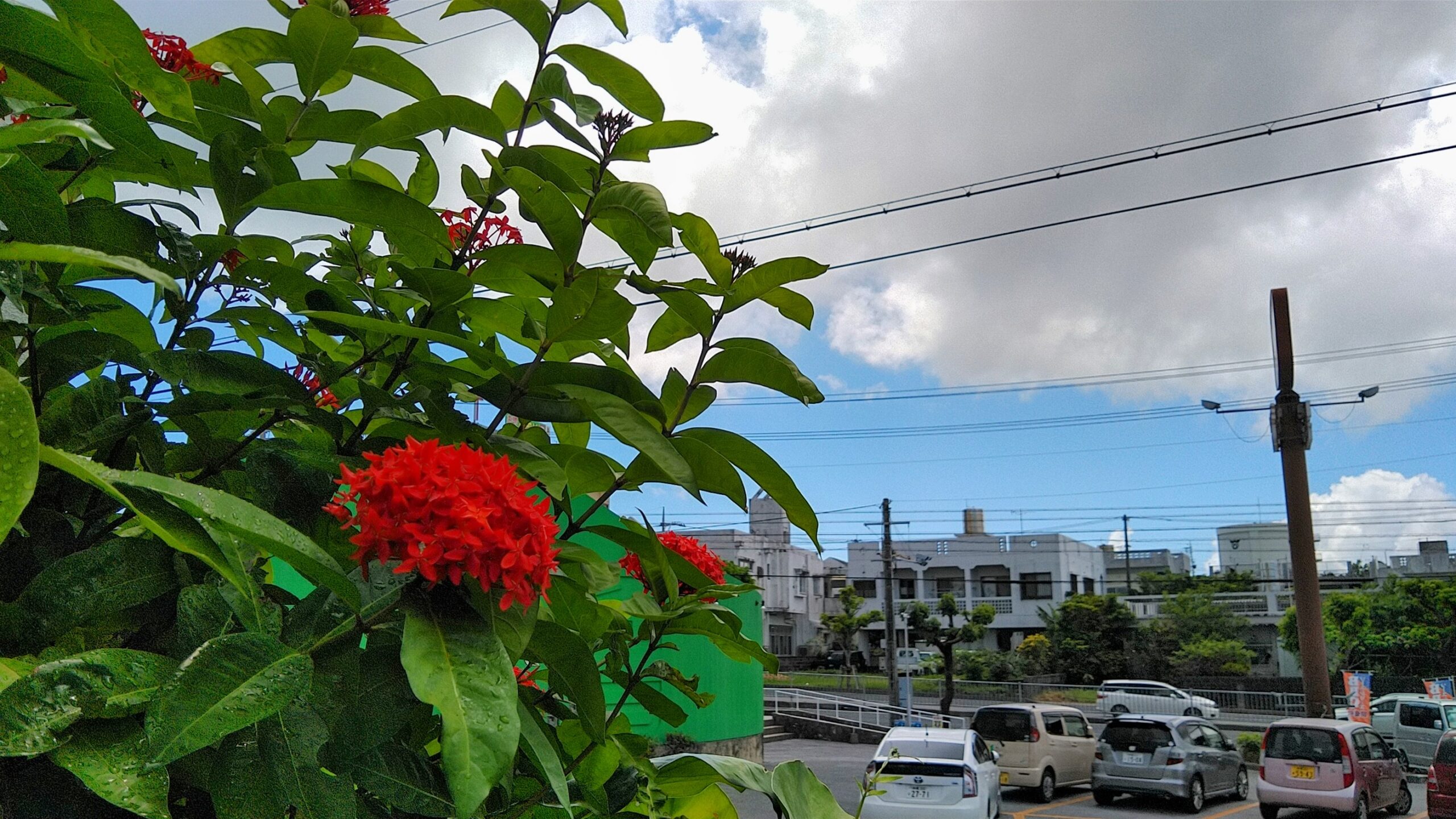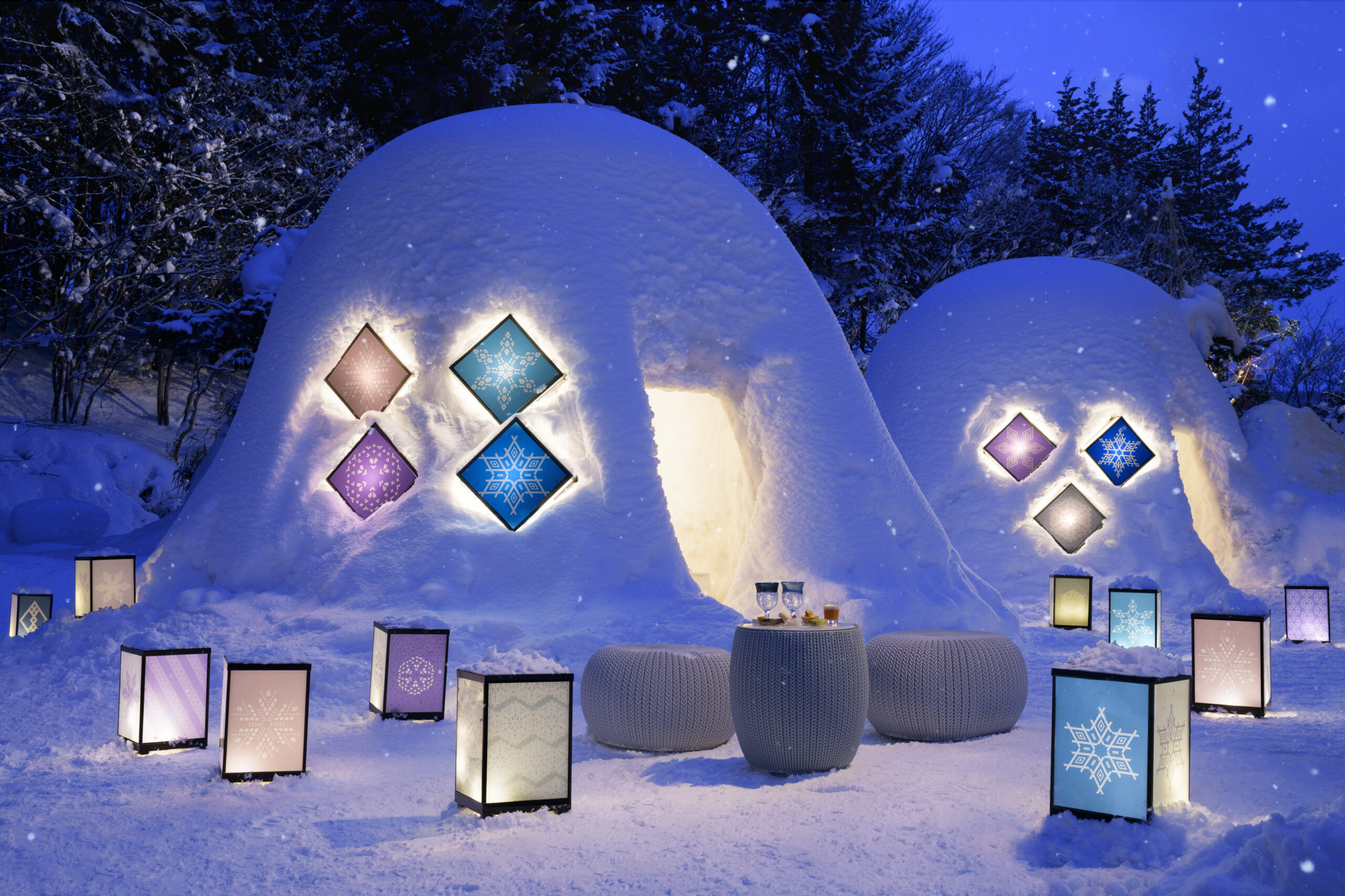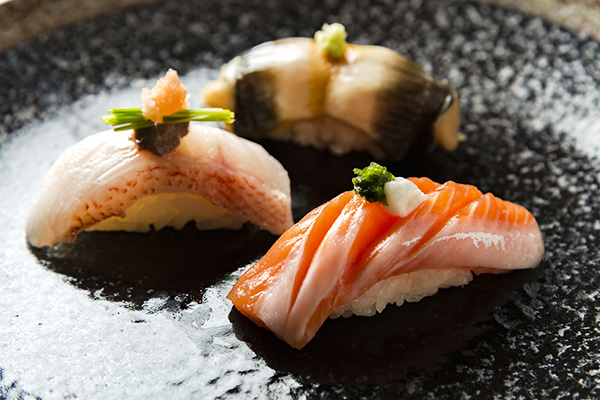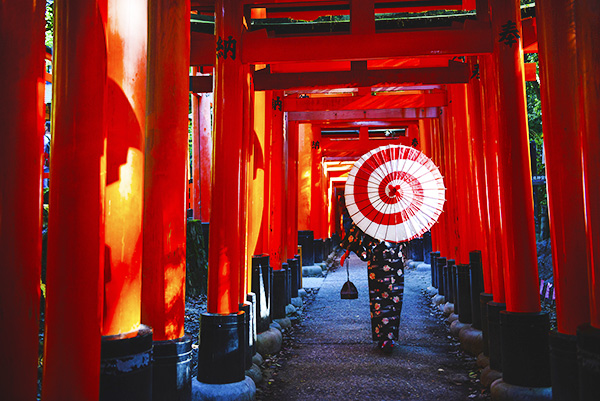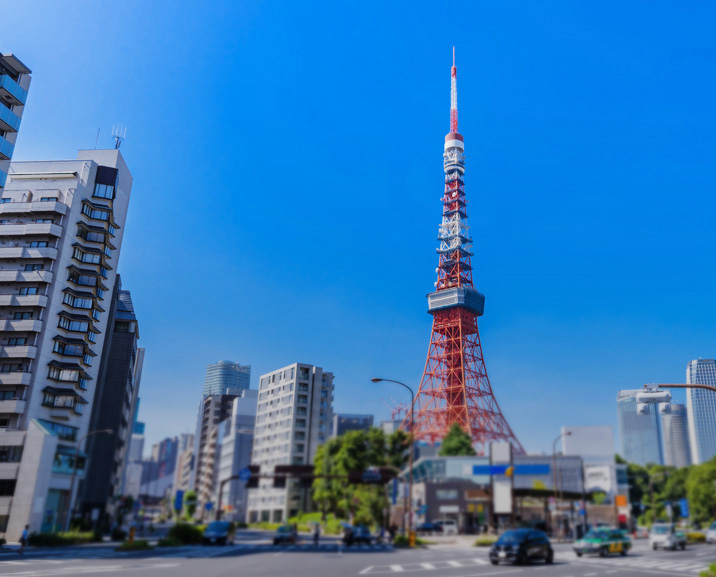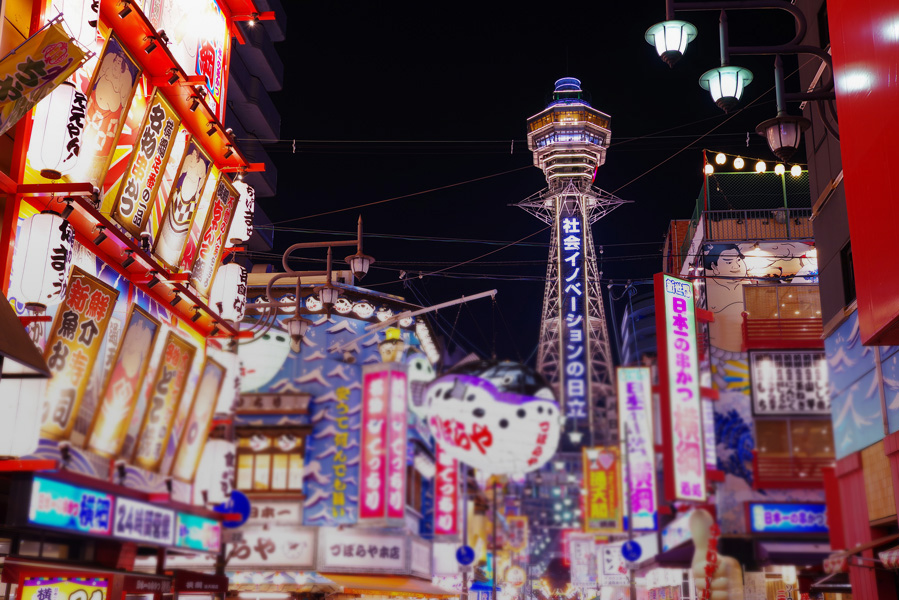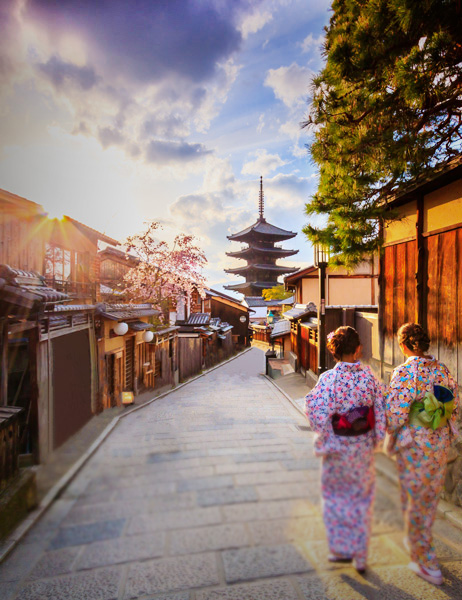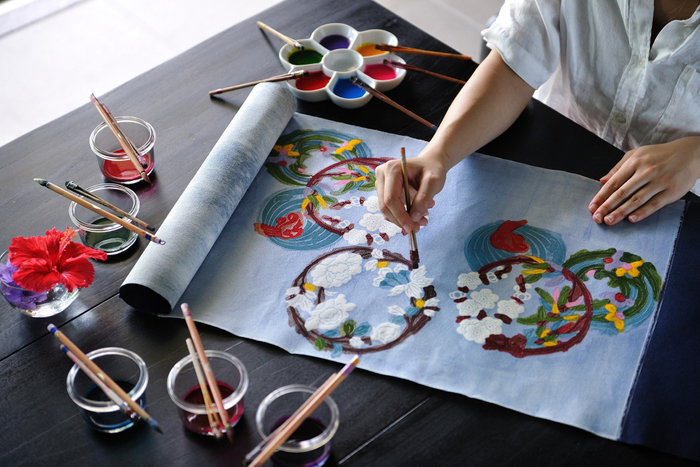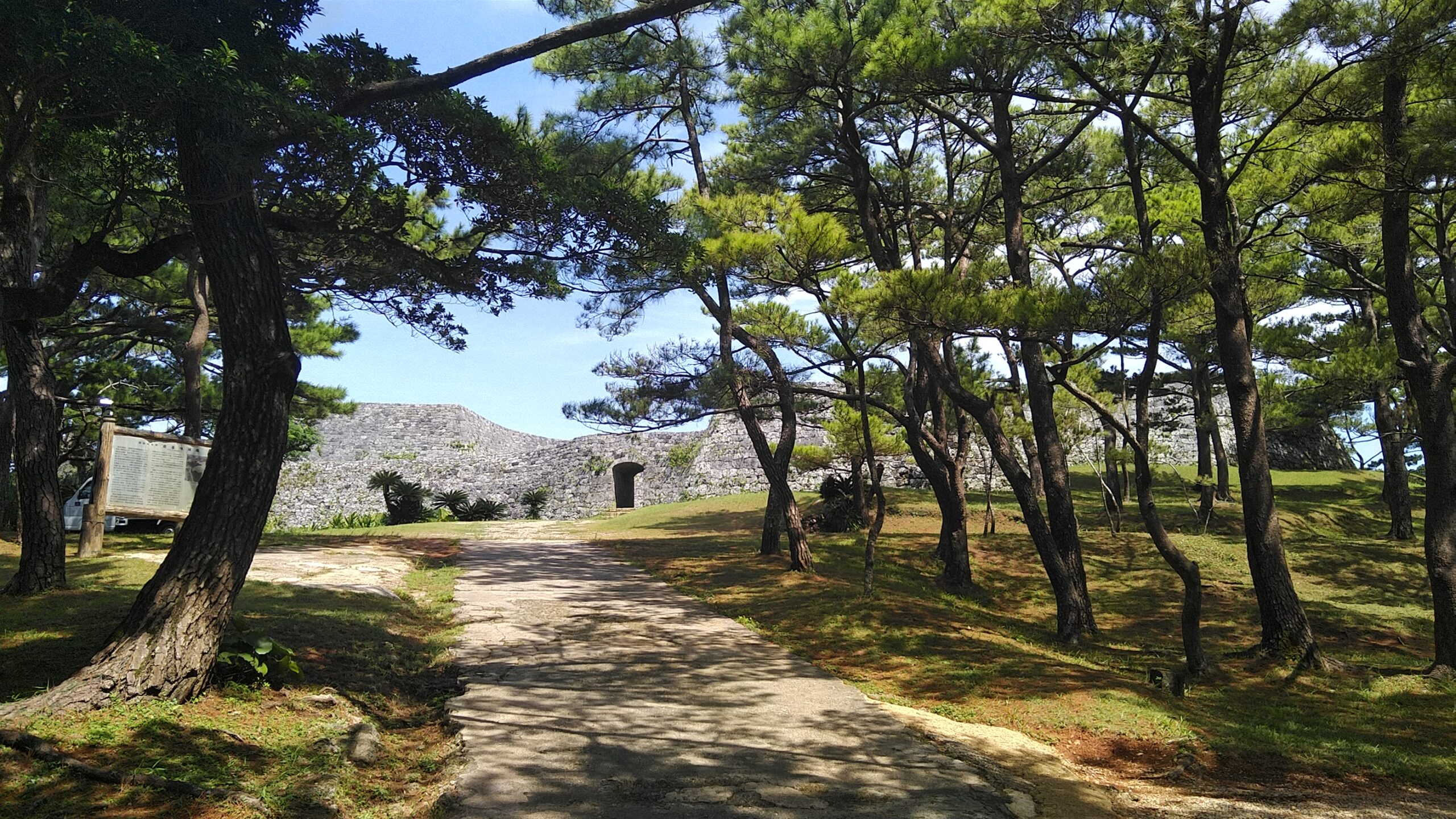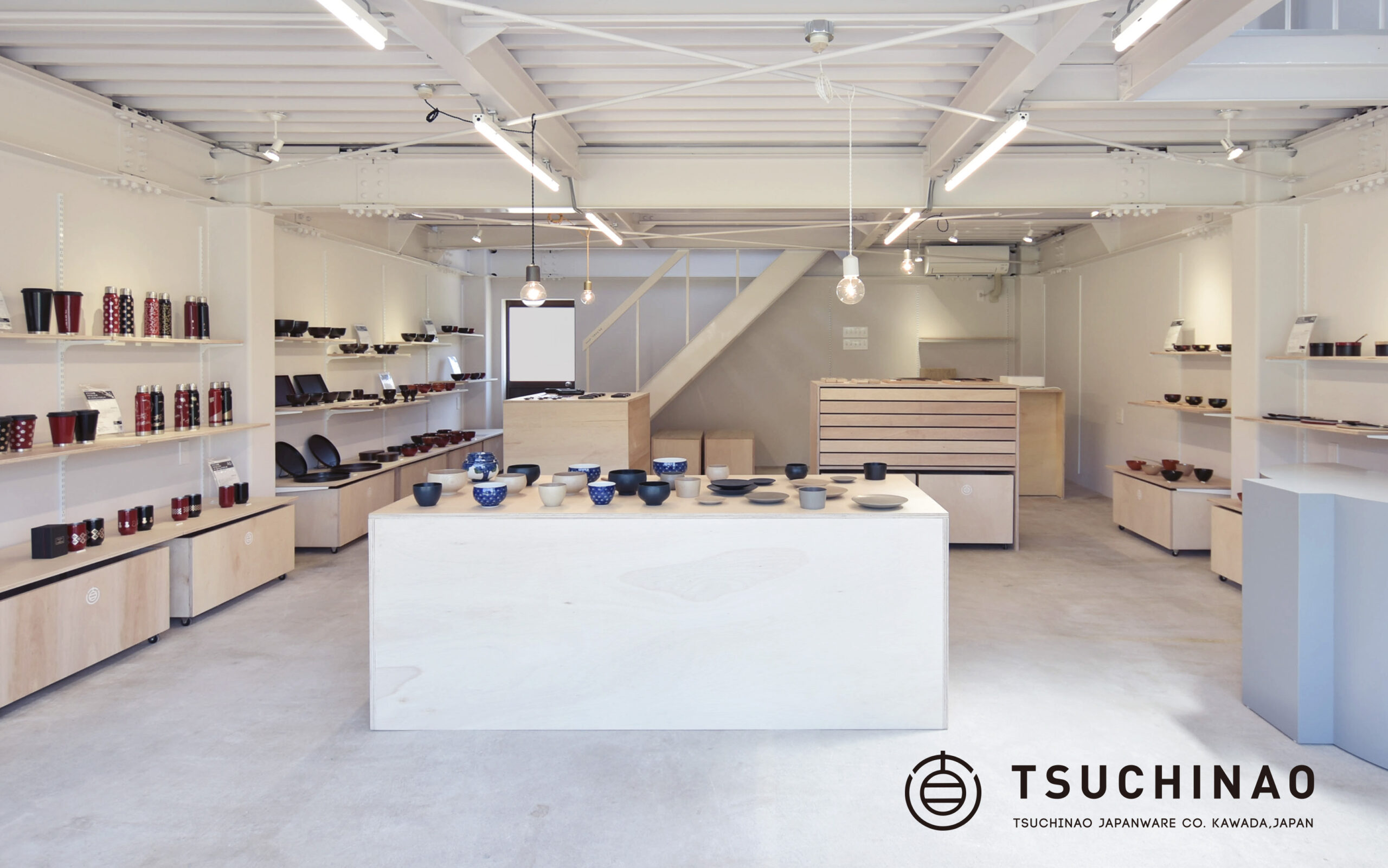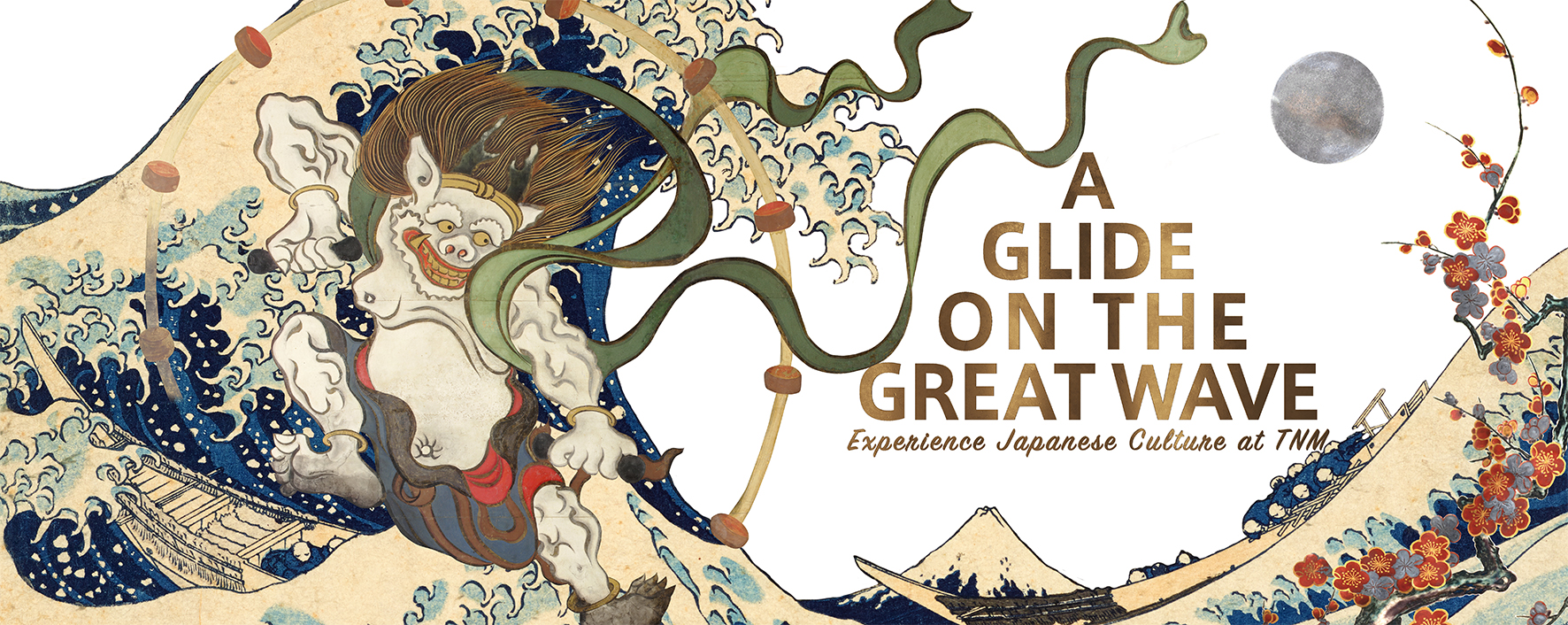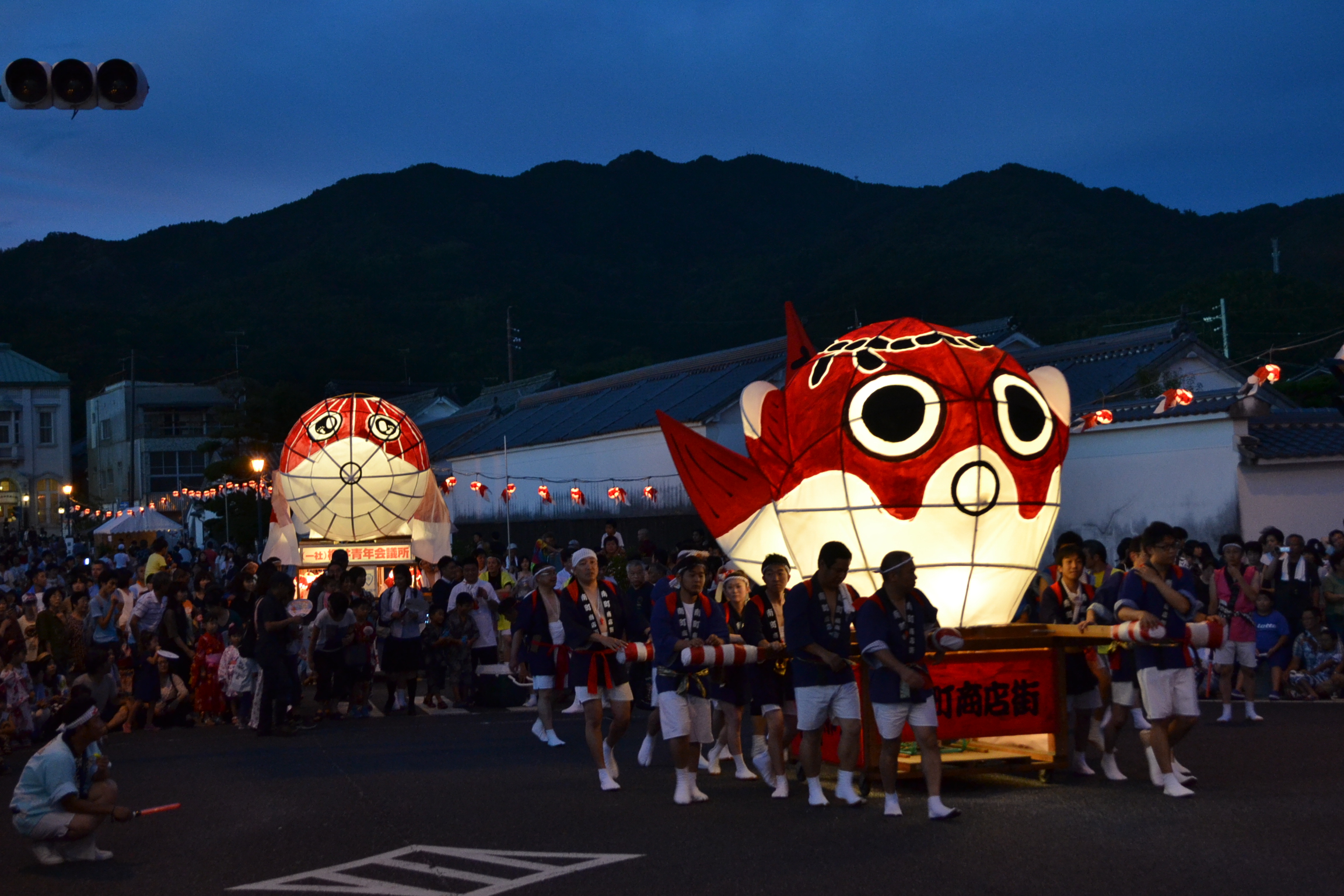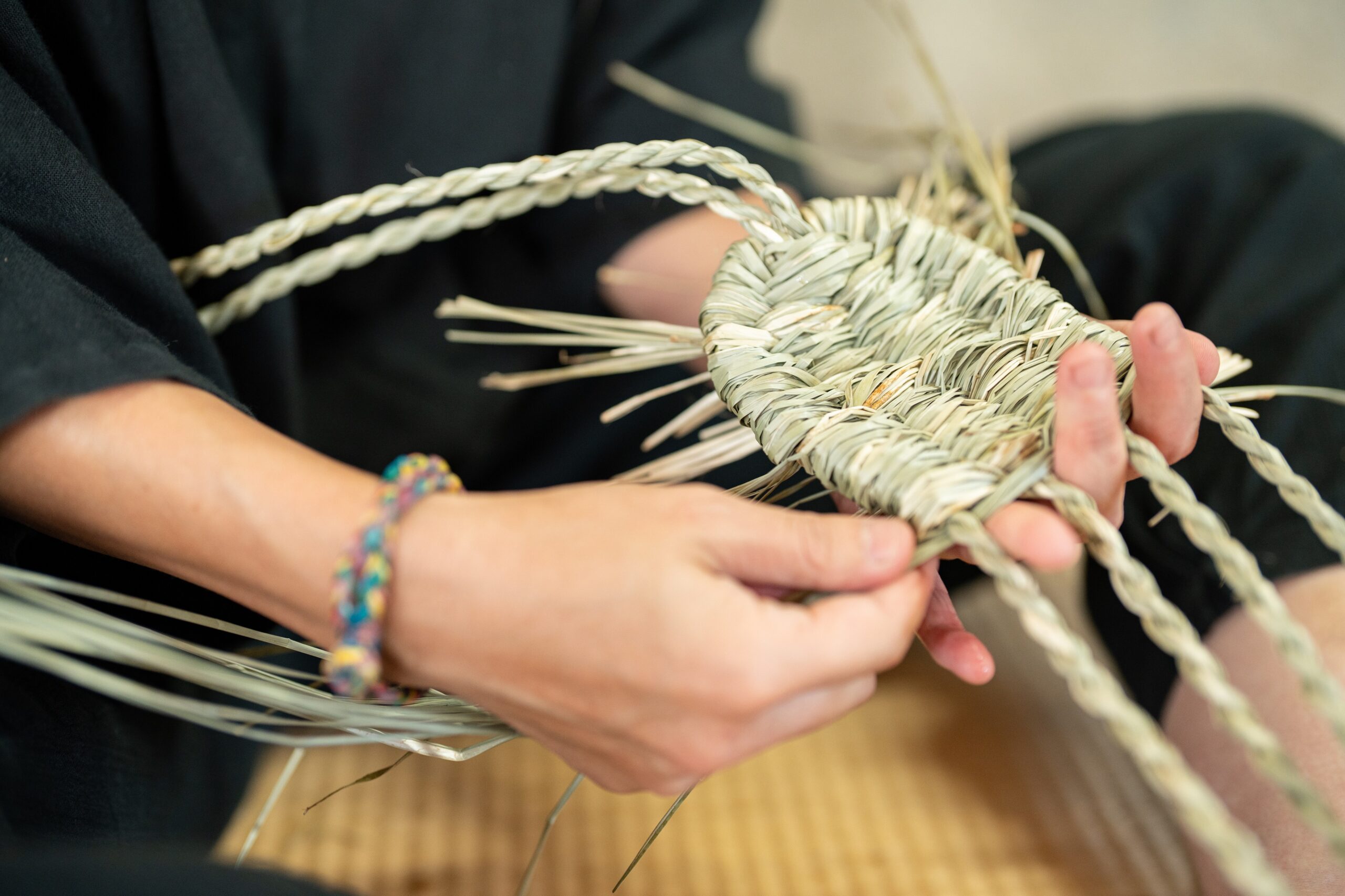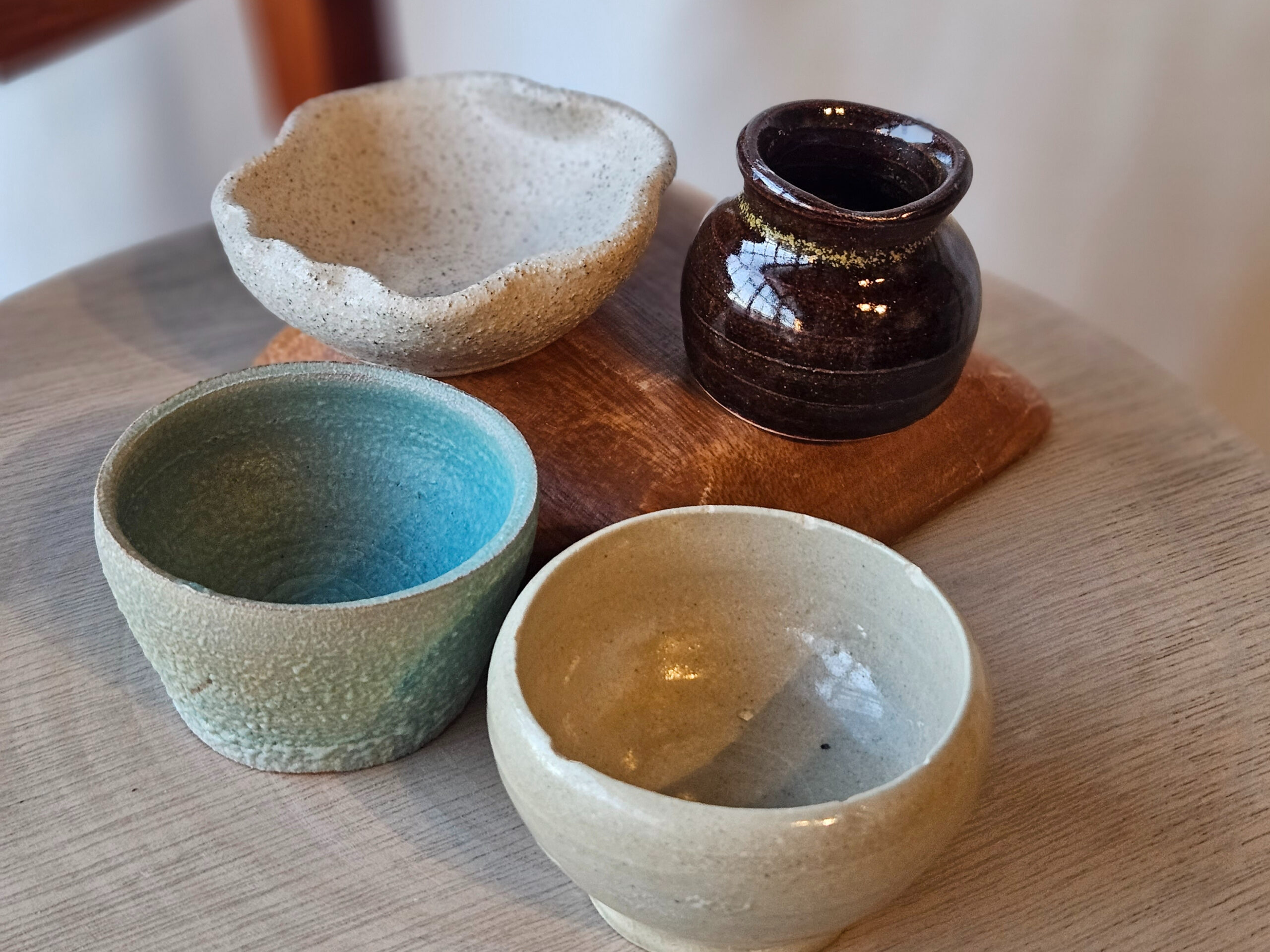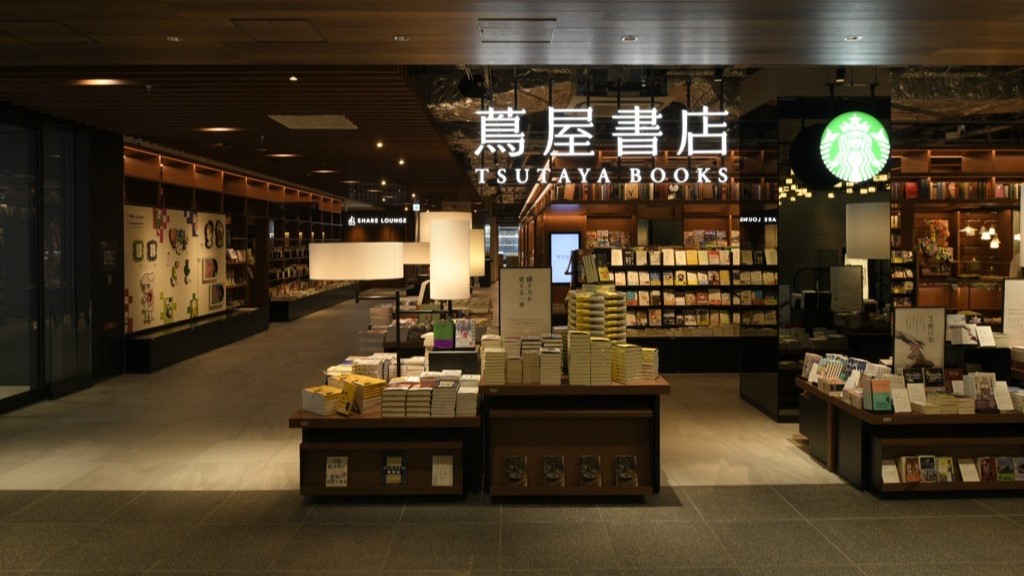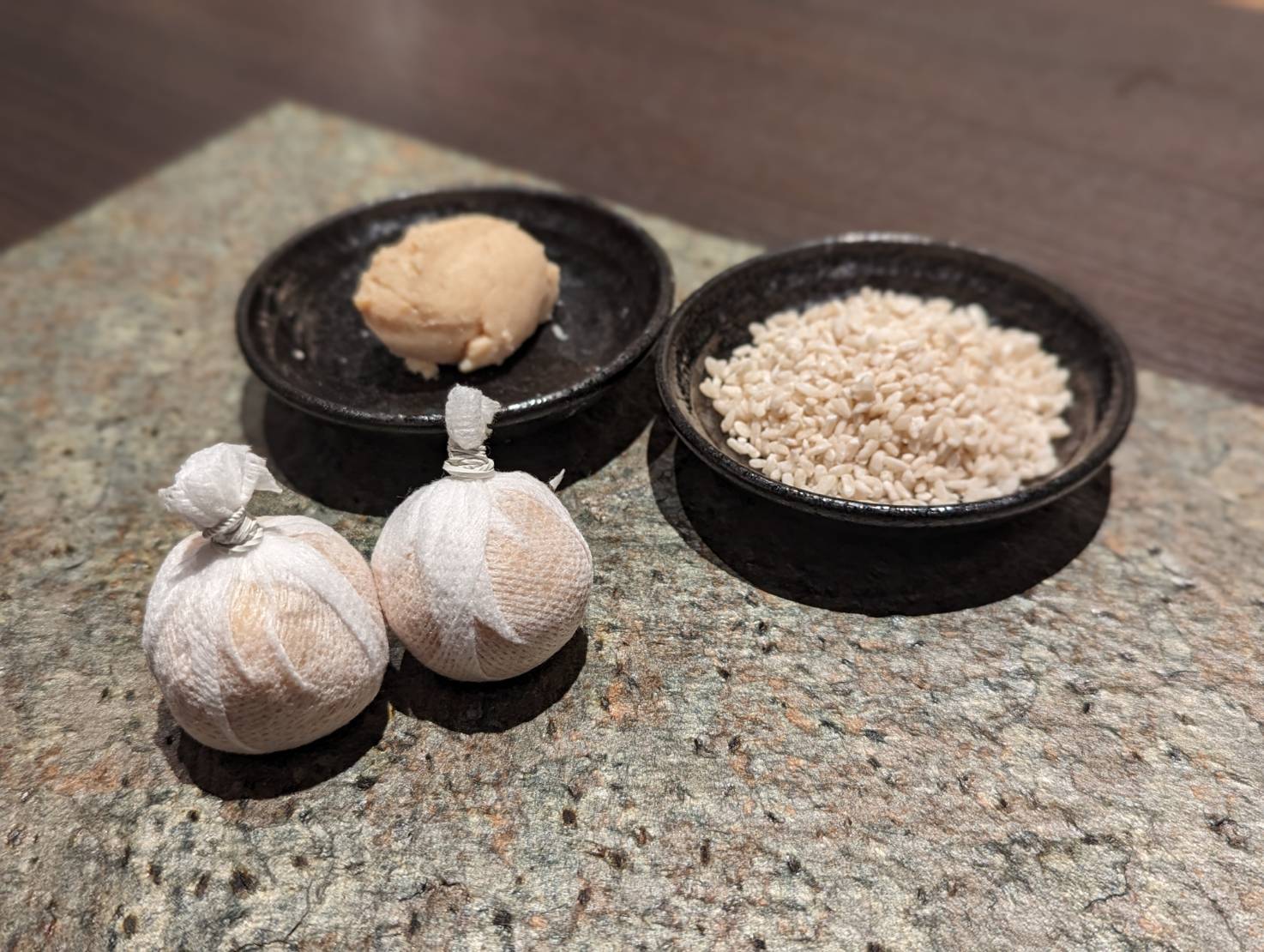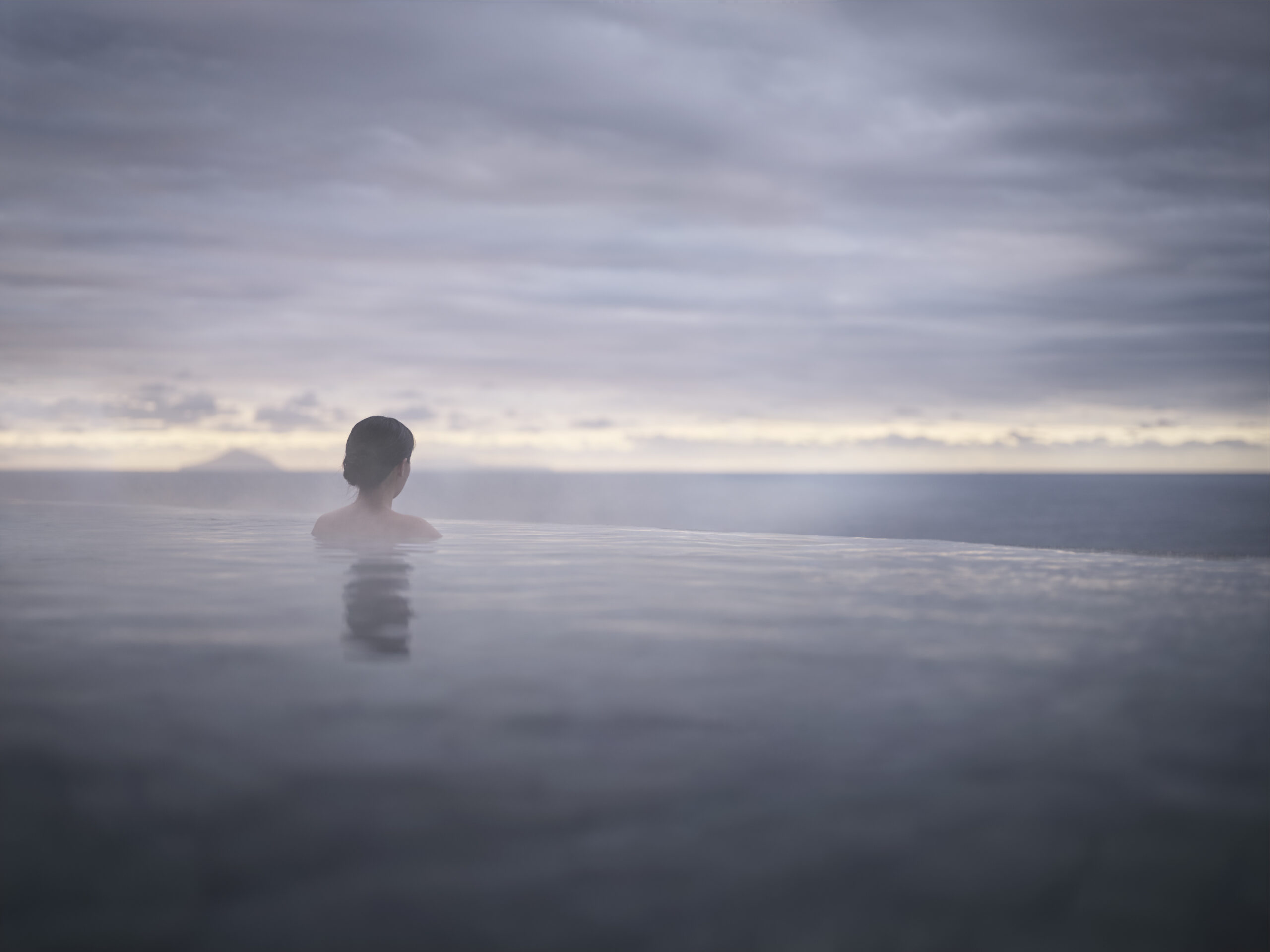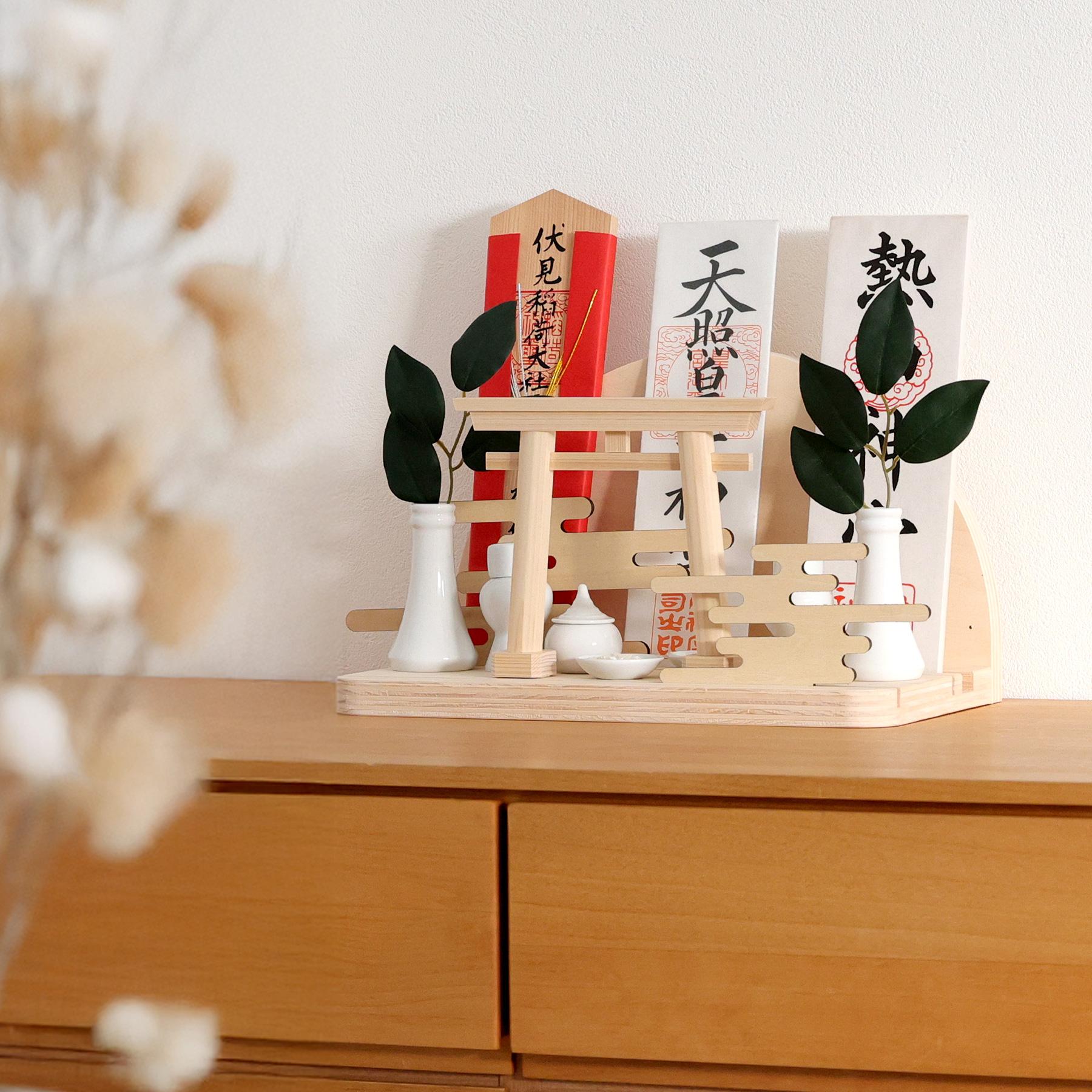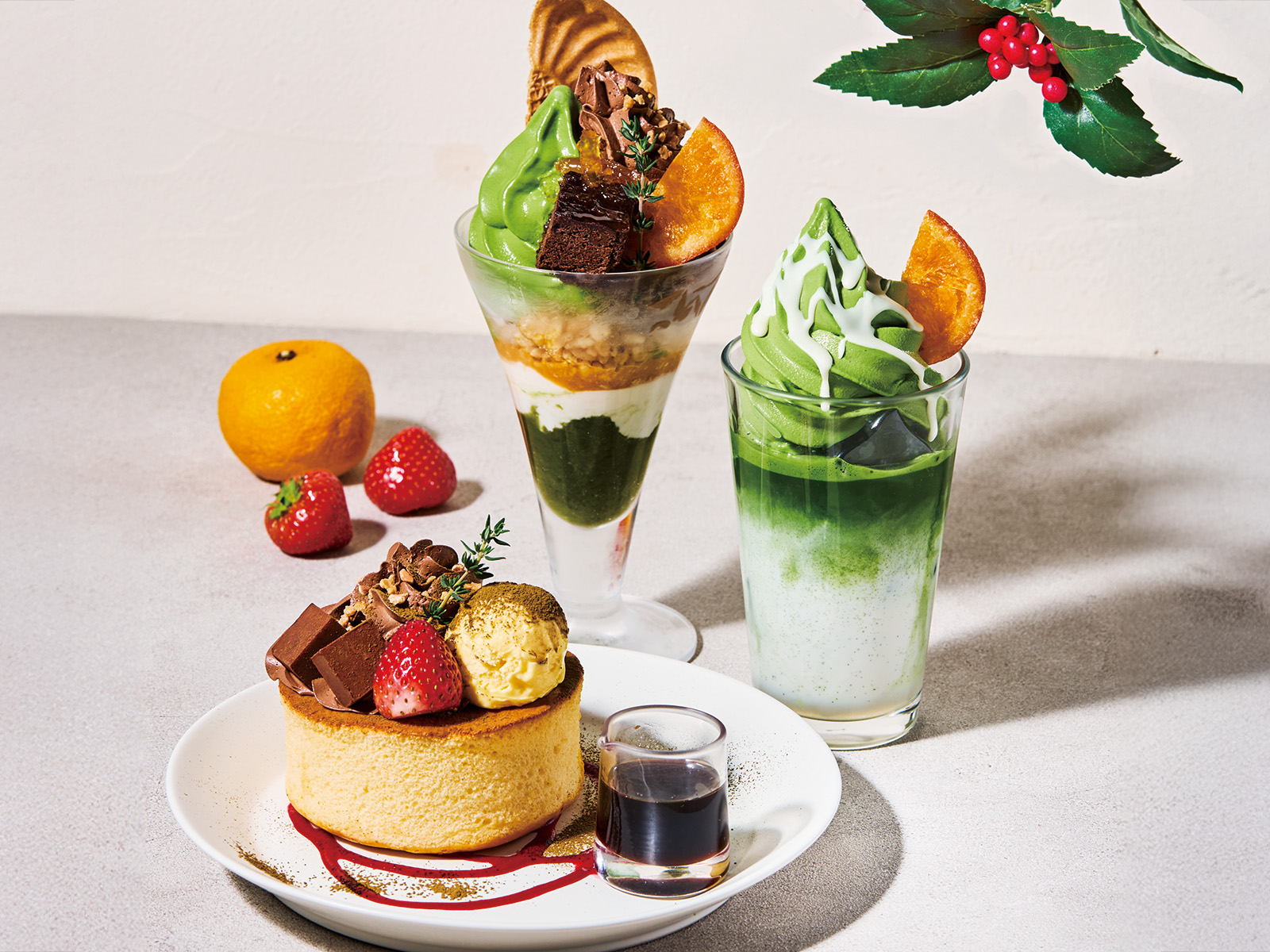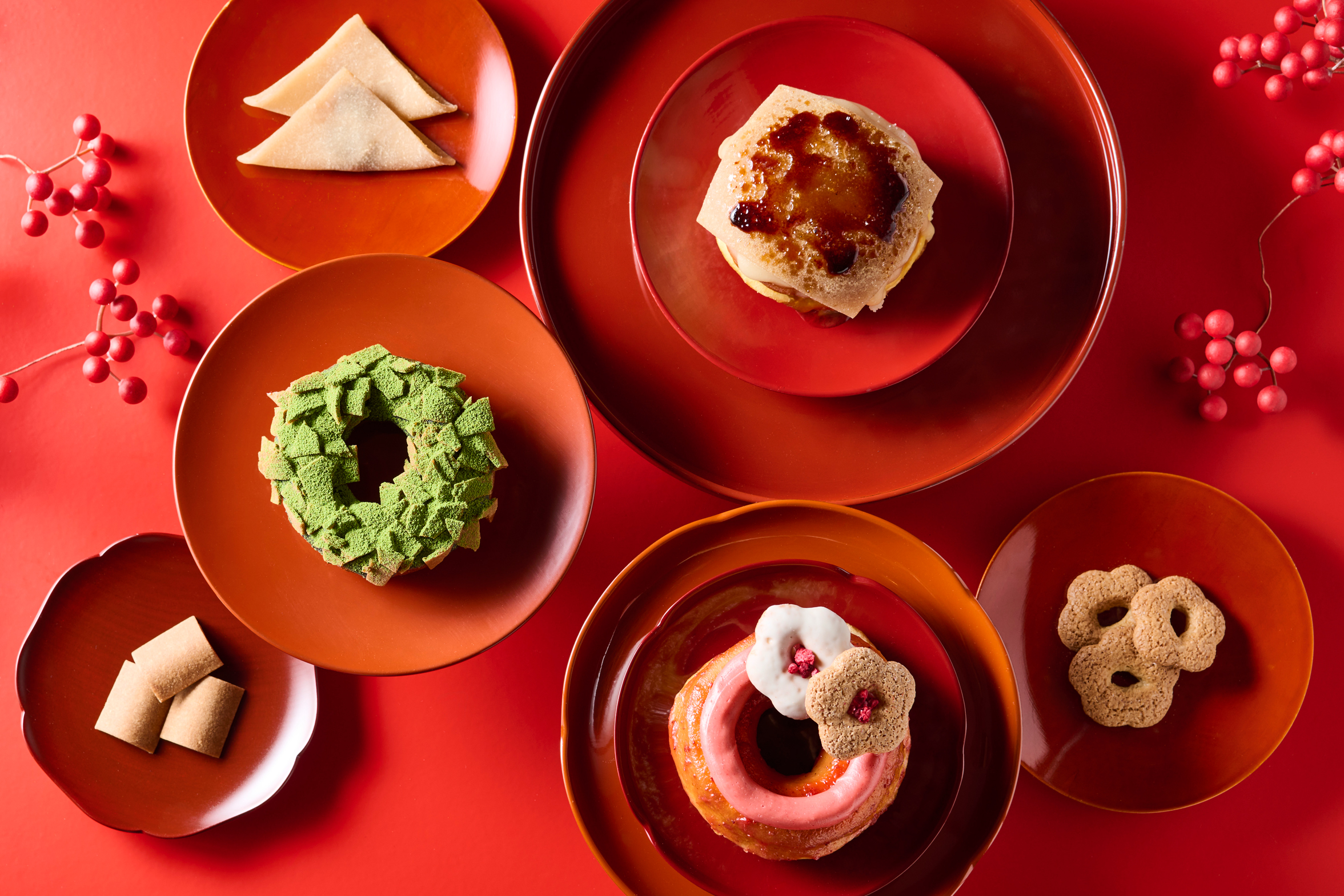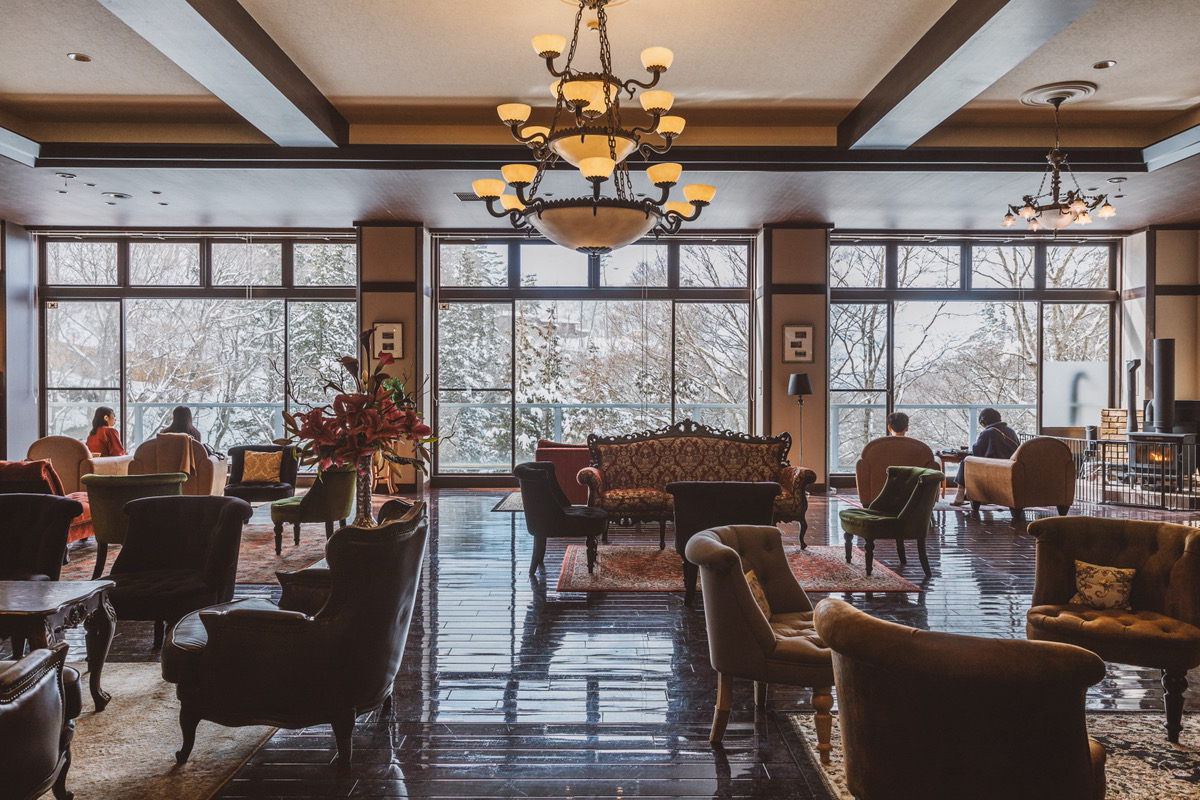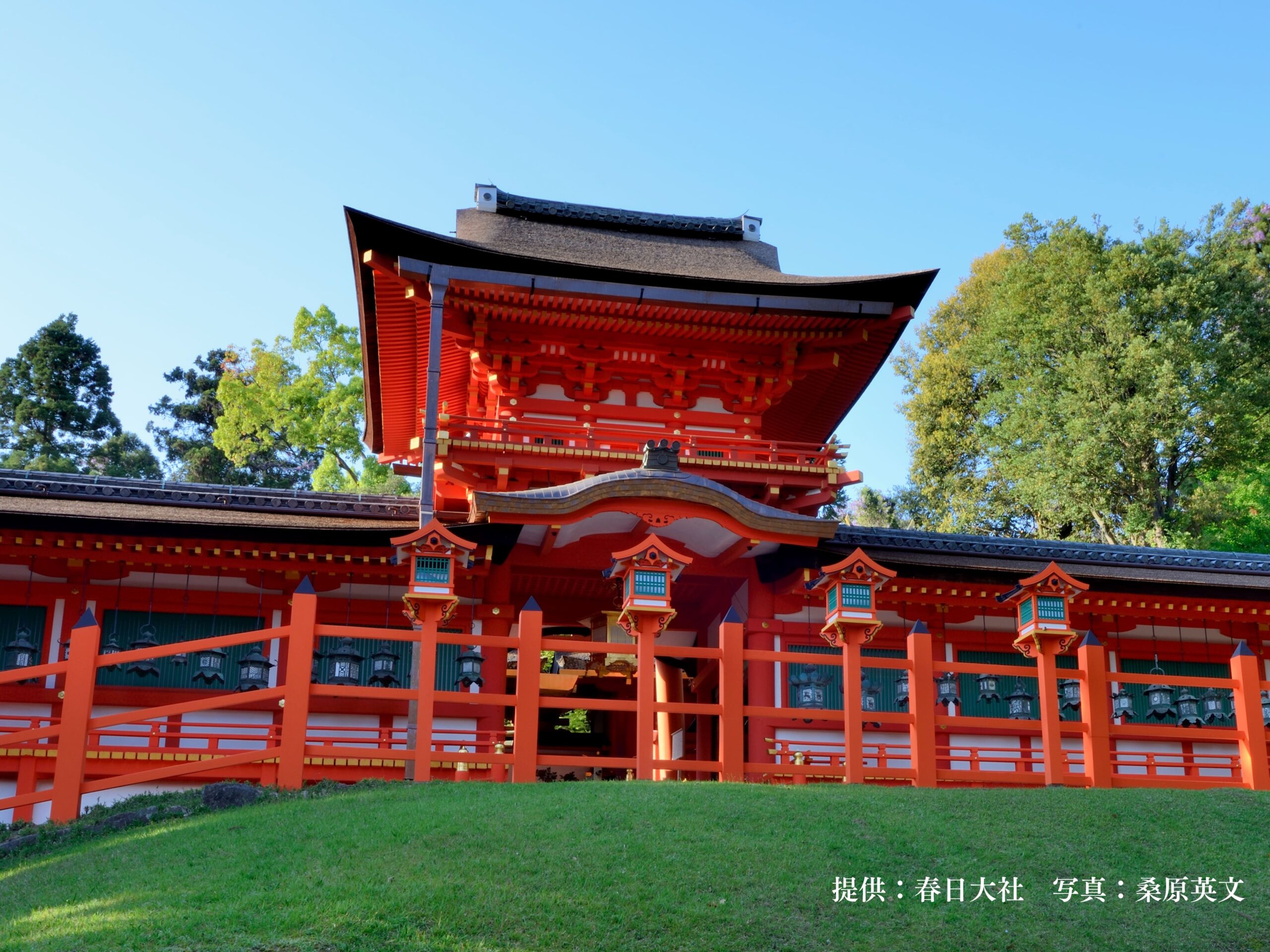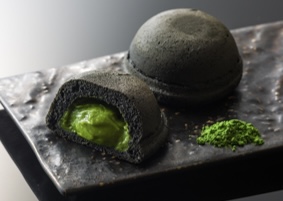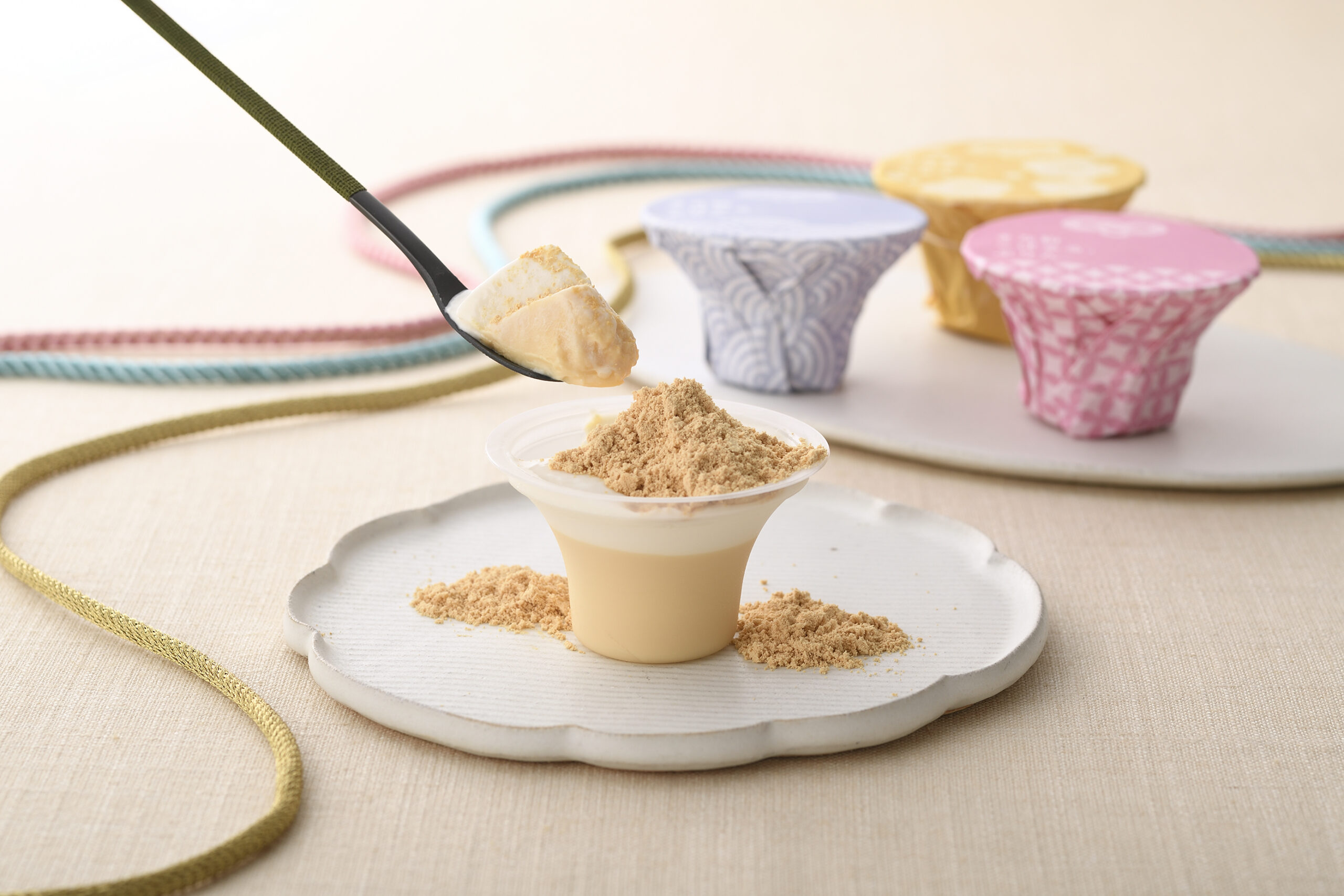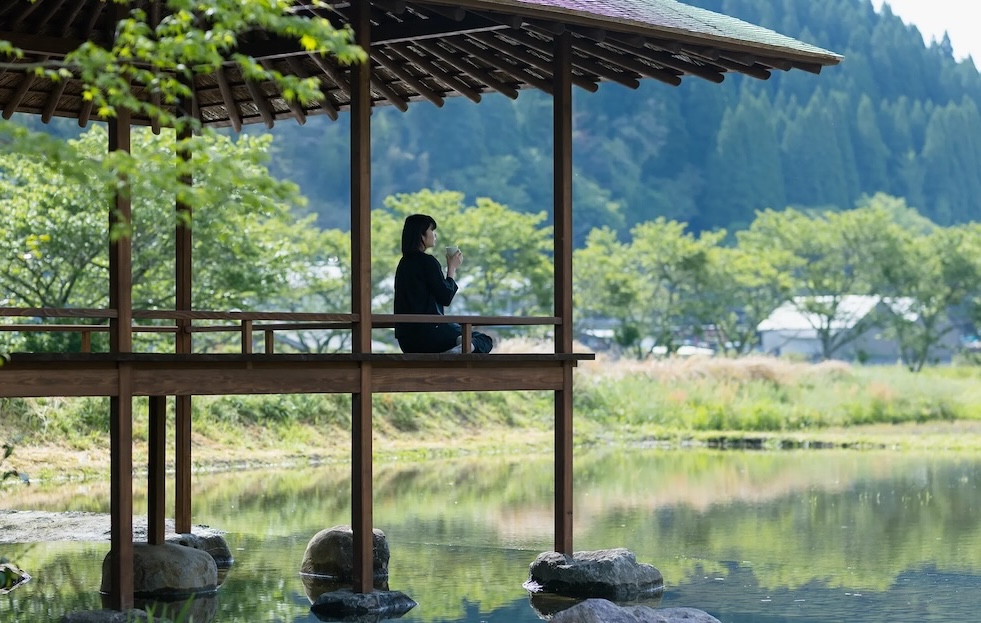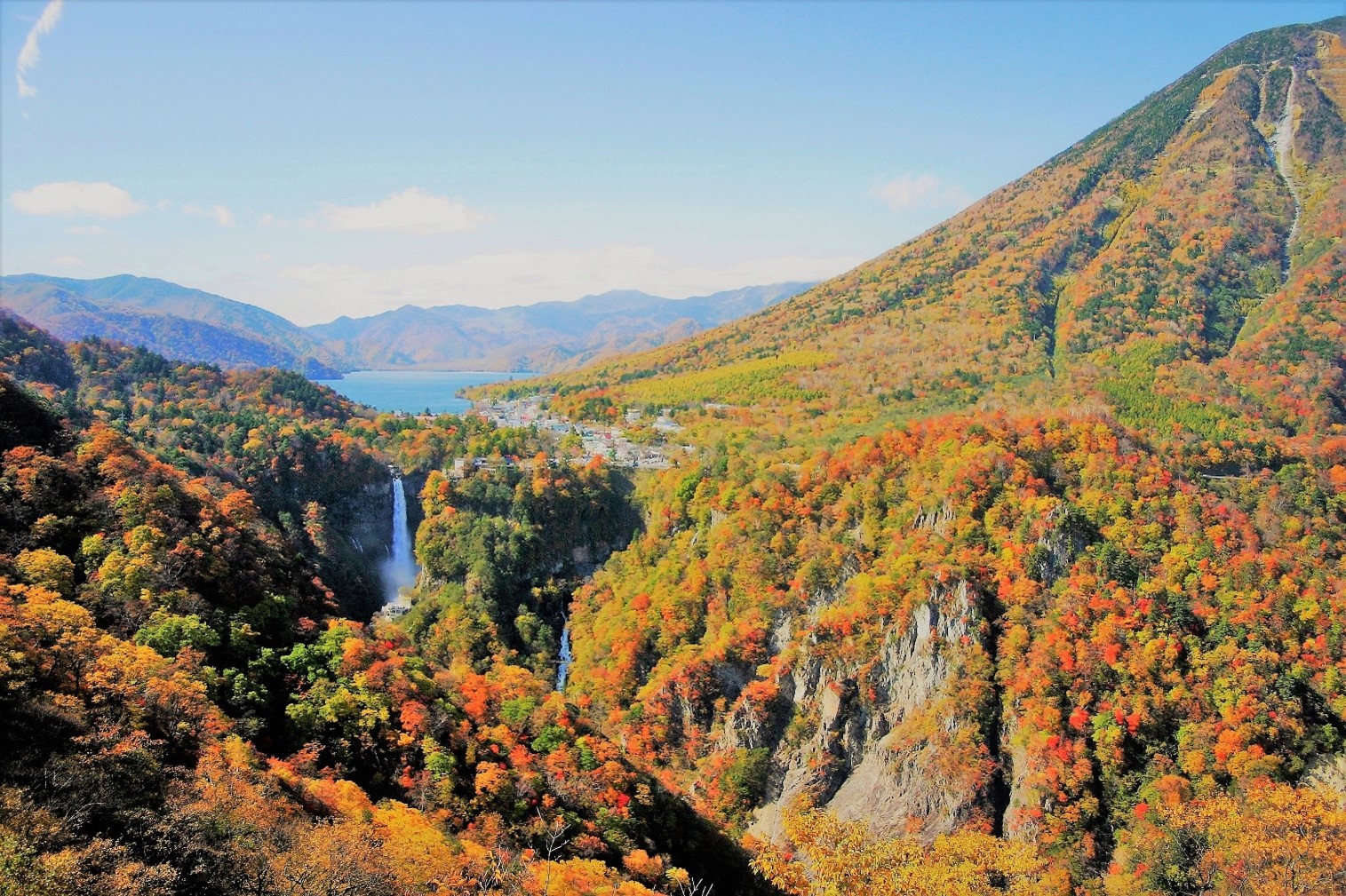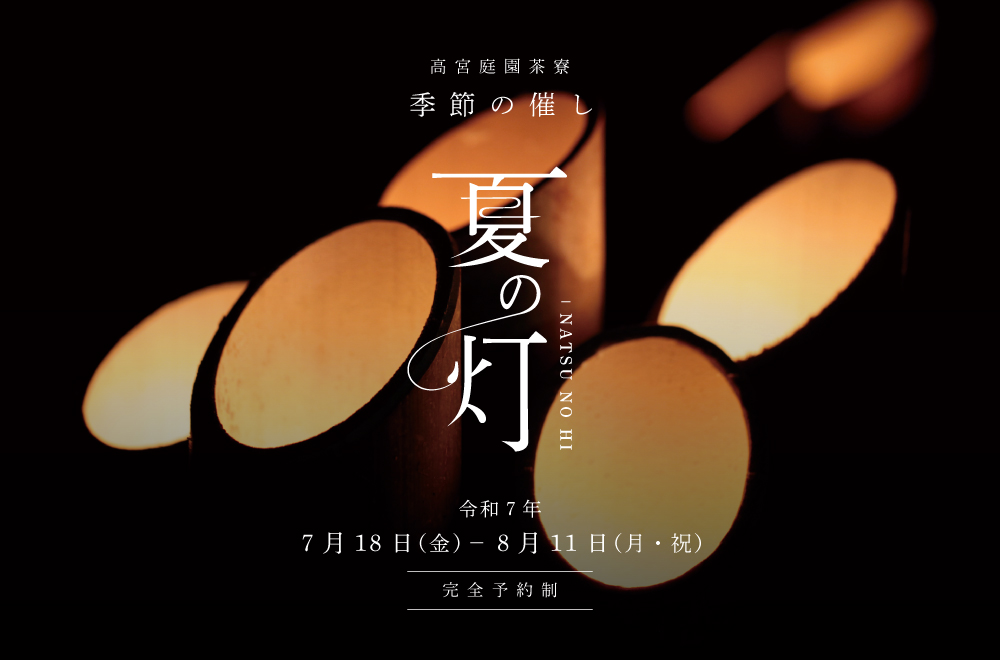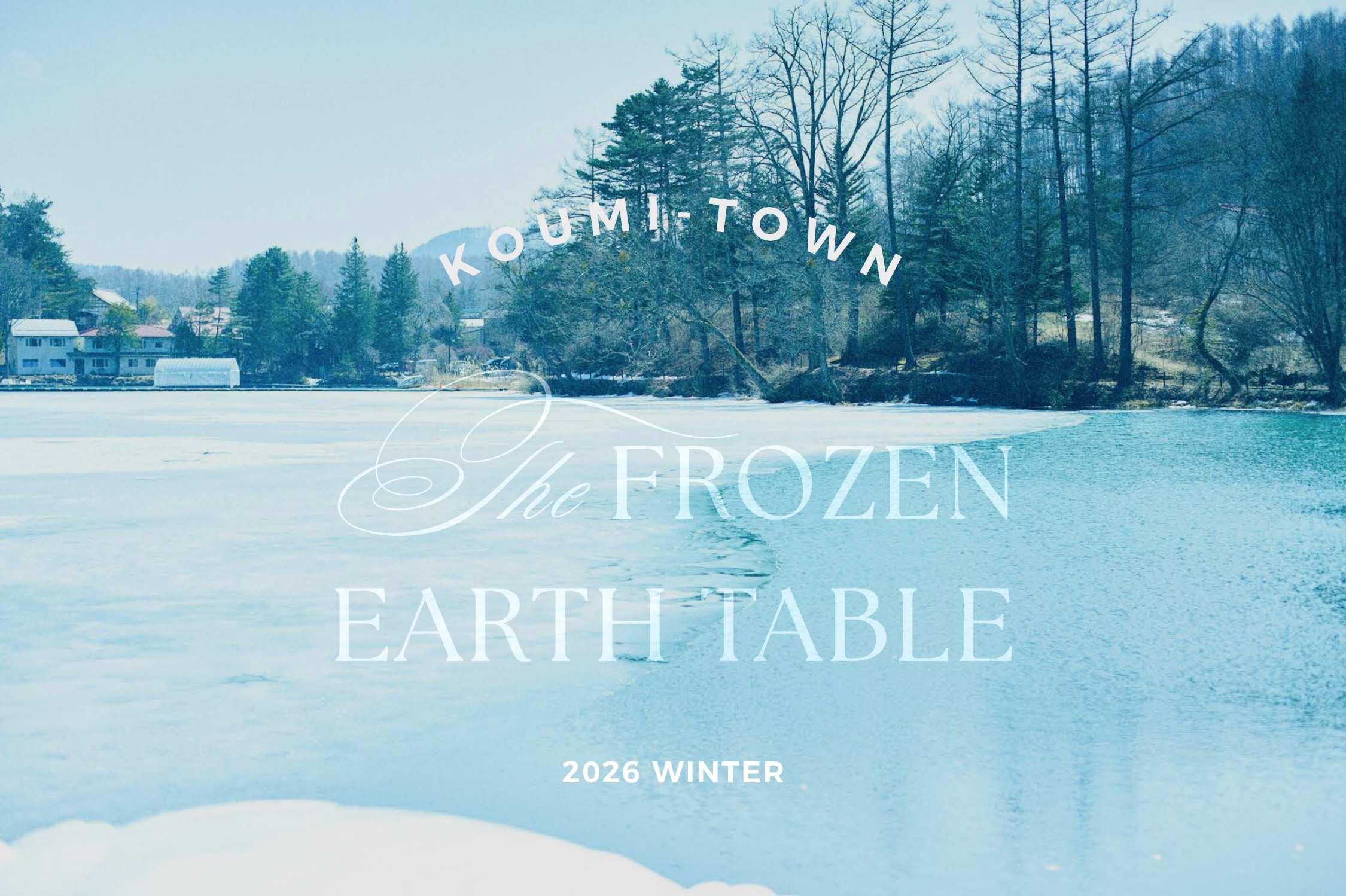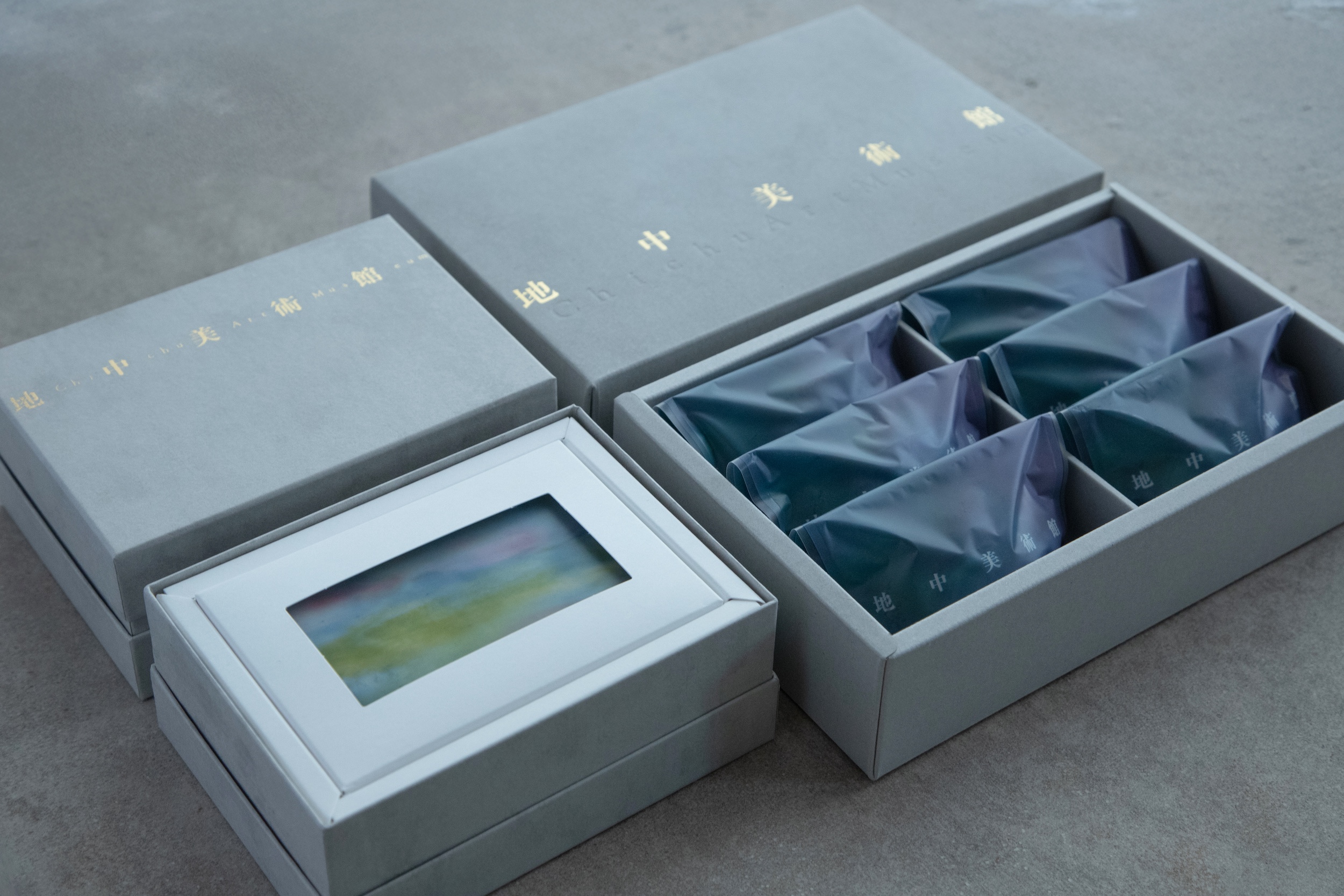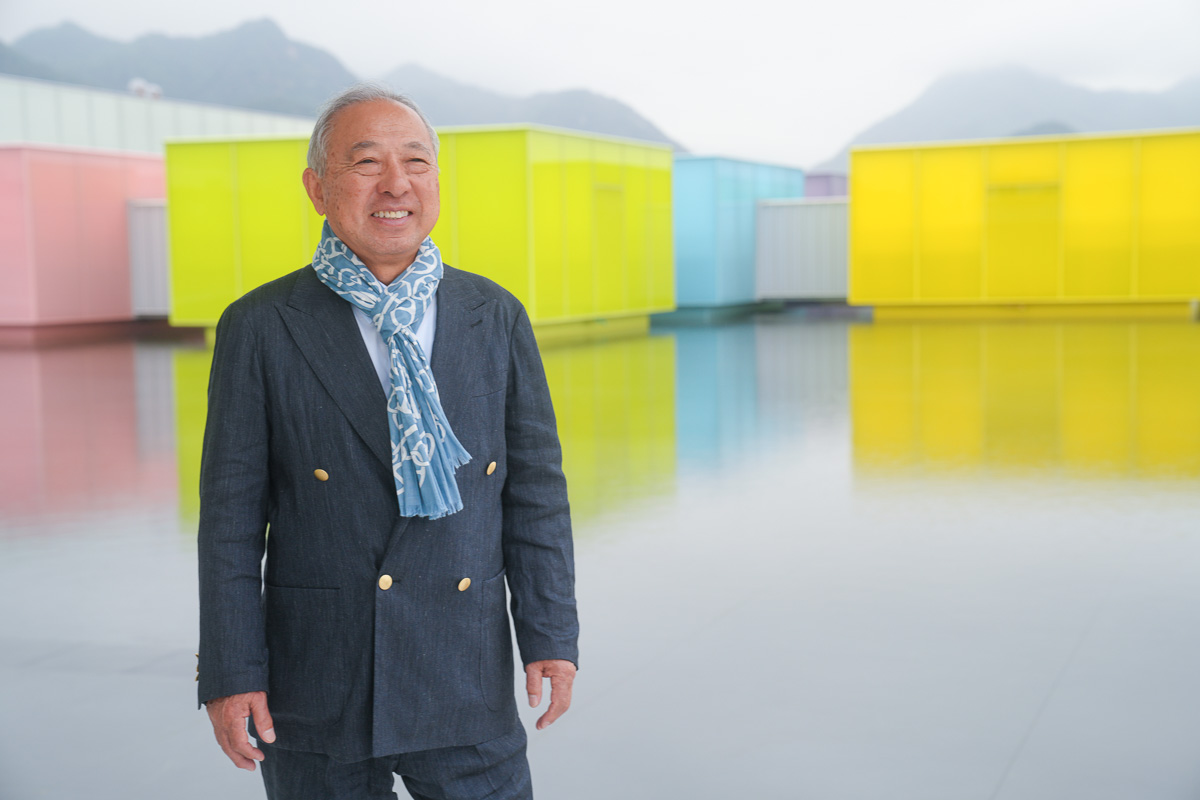Okinawa's representative summer vegetables
Nowadays, “Goya(Bitter gourd)” is known all over Japan and is cultivated in various places.
Actually, this name “Goya” seems to be an Okinawan dialect. Generally, it is called “Nigauri”, and botanically it is called “Bitter melon”.
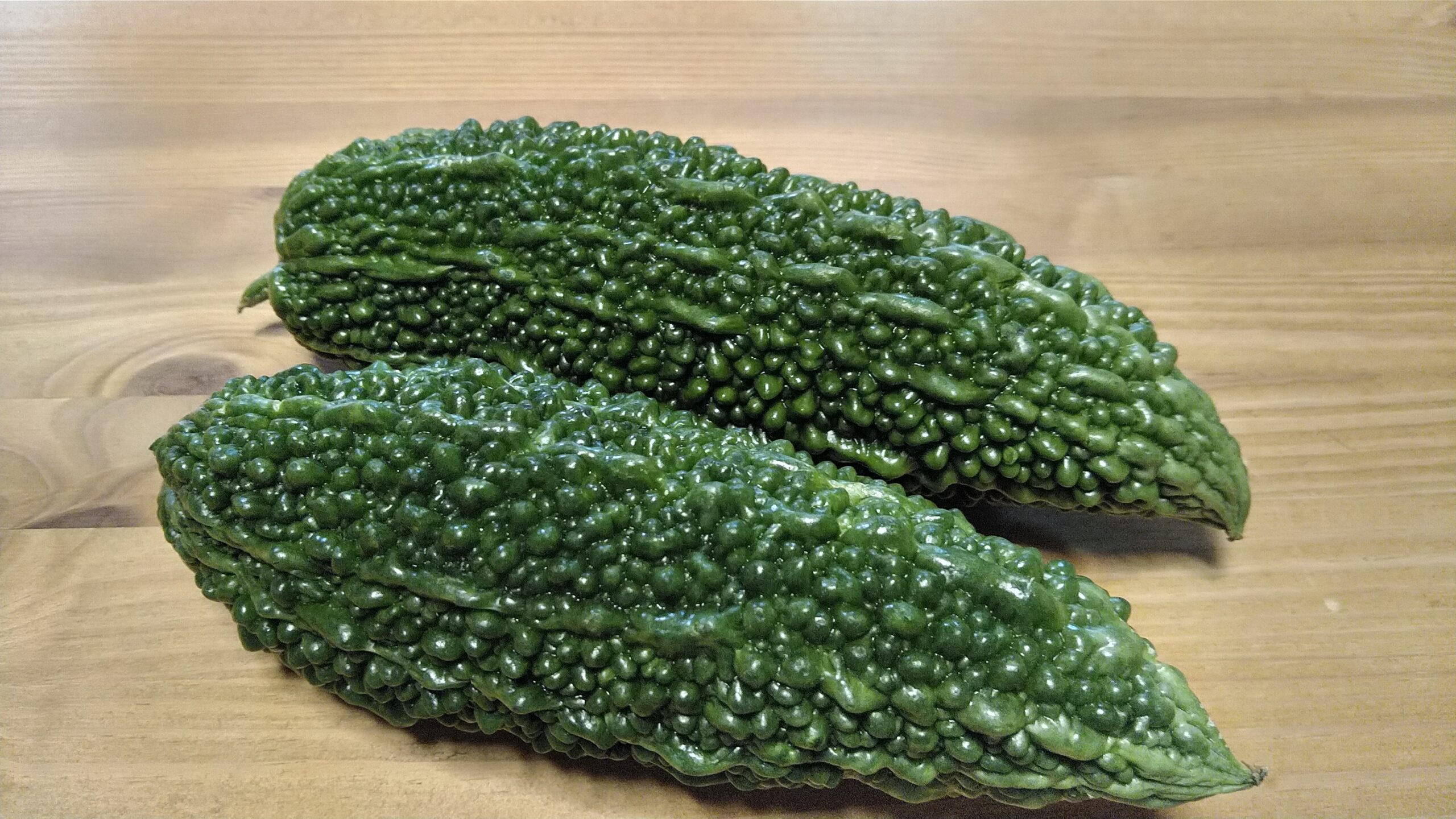
Goya. A long time ago, it was a vegetable that was not very well known on the mainland.
Its characteristics are very bitter. Slicing and exposing to water will reduce the bitterness, but this bitterness is due to a component called “momordicin”.
It stimulates the gastrointestinal tract and promotes the secretion of digestive juices.
Appetite may decrease if hot days continue, but it seems to be a perfect ingredient for Okinawa, where the average temperature is high.
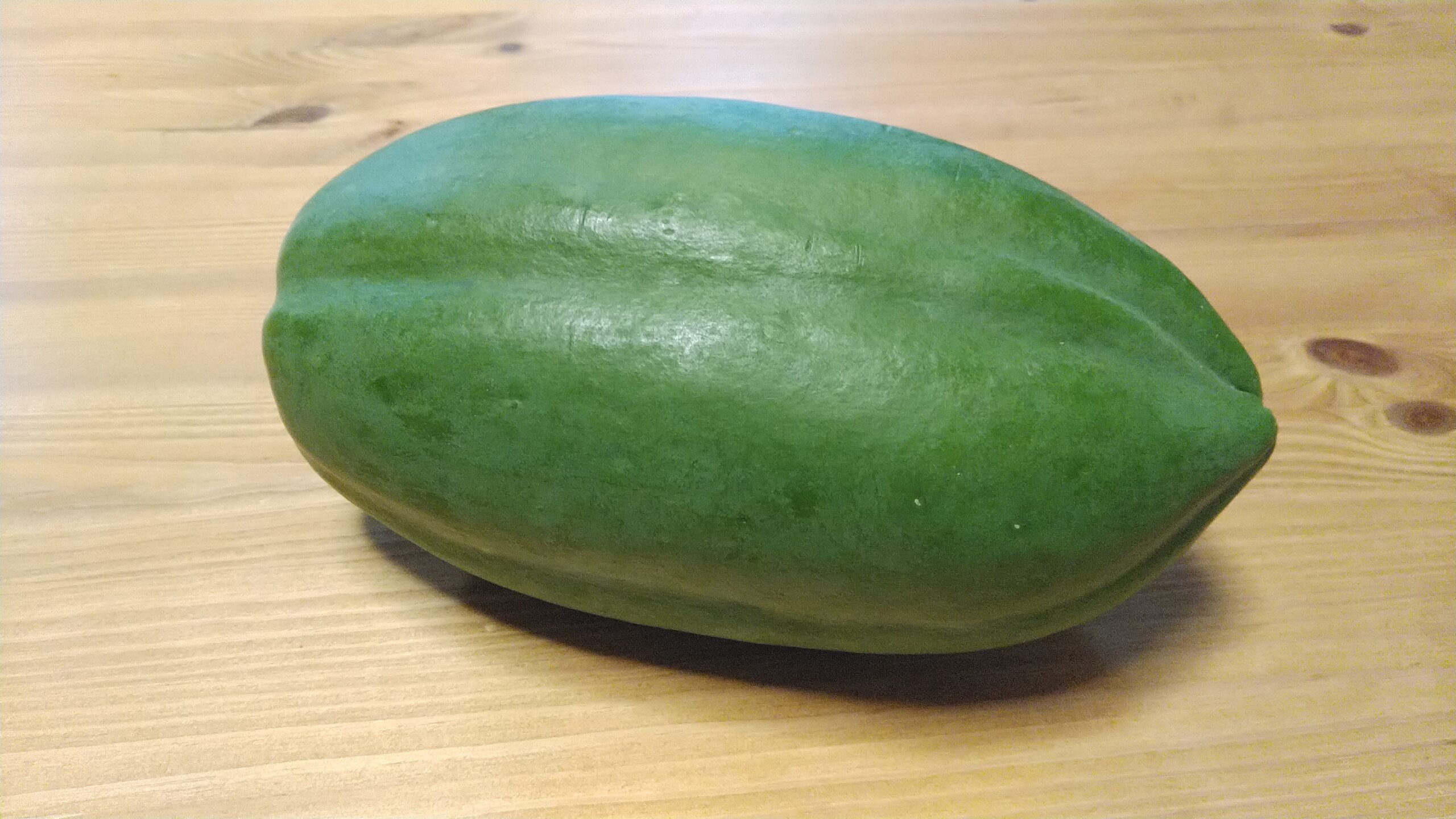
The blue papaya I introduced earlier. It is called "Papaya" in Okinawa.
But why did it spread from Okinawa to the mainland?
First, we succeeded in eradicating the pest “Bactrocera flies”.
The extermination method at this time is called the “Infertility method”, and it was the first method in Japan to successfully eradicate pests.
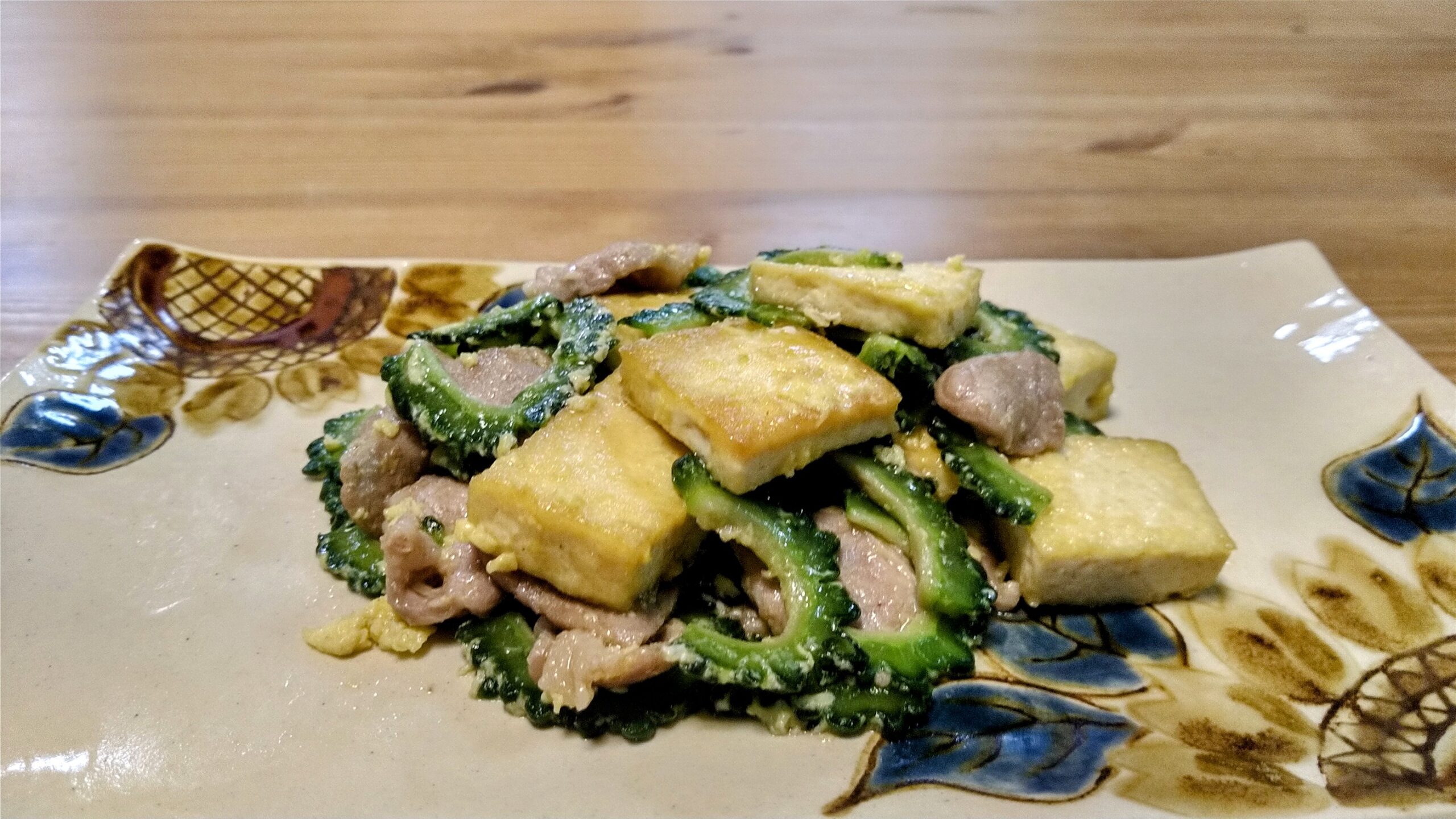
Goya Chanpuru. Chanpuru is an Okinawan dialect that means "mixed".
If a large number of infertile males are released into the field, the mated wild females will not be able to lay eggs. It is a method of destroying by repeating this every generation.
The eradication project began on Kumejima in 1972 (the year Okinawa returned to mainland Japan), and 21 years later, in 1993, the prefecture finally issued the “Bactrocera flies Eradication Declaration.”
However, I personally feel that the NHK serial TV novel “Chura-san” (broadcast in 2001) had a great influence on the dramatic increase in the awareness of bitter gourd and its penetration into the mainland dining table.
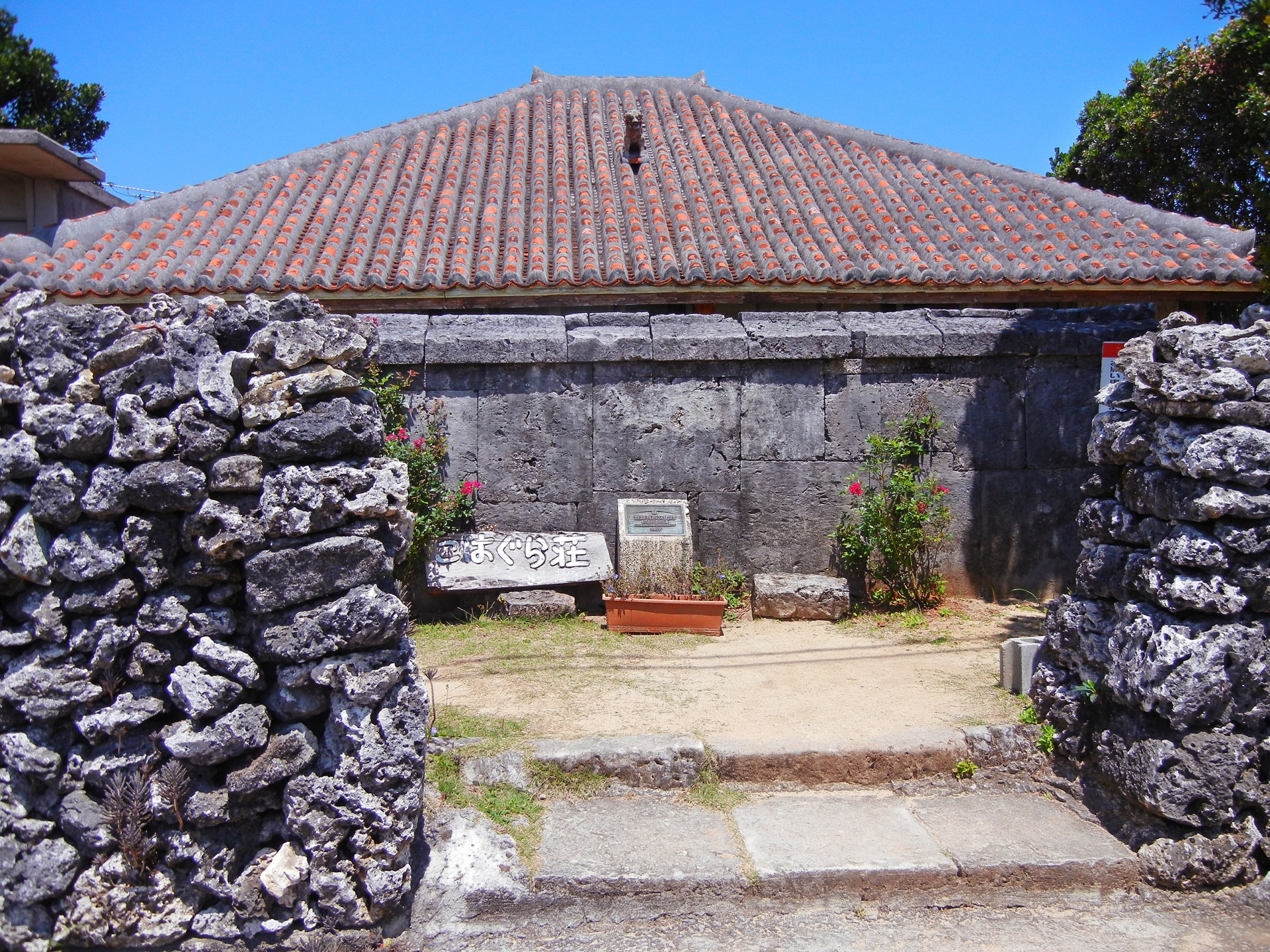
"Kohagura-so" on Kohama Island, which was the setting for the Japanese TV program "Chura-san".
Raw material for natural scourer on the mainland?
By the way, apart from the “blue papaya” introduced at the beginning, there are still other ingredients that I ate for the first time.
That is “loofah”. It is called “Naverer” in Okinawa.
Of course, I knew the loofah, but all I had seen was the memory of the elementary school garden.
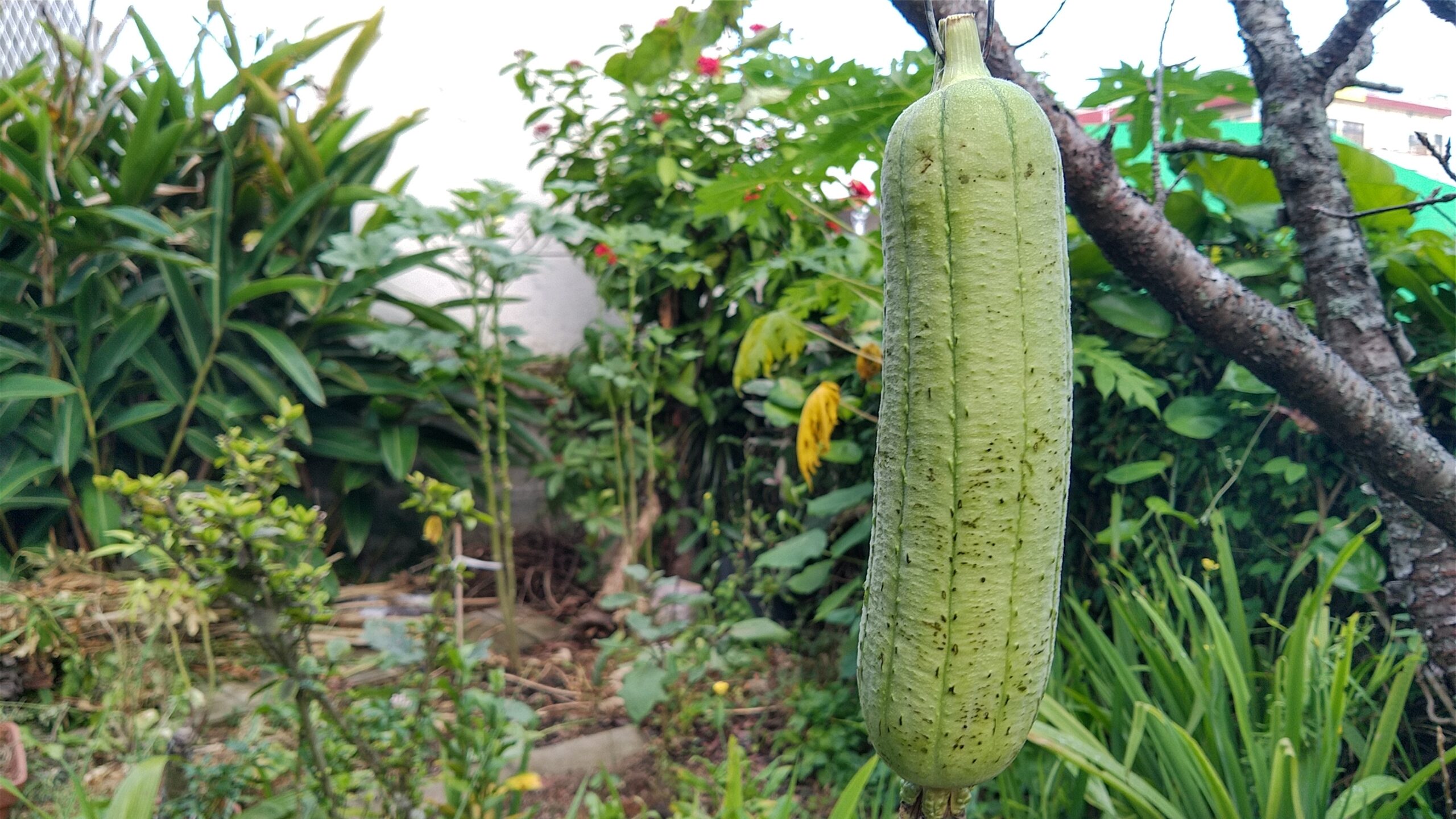
Loofah is a plant with a lot of fiber, and because the fiber was collected and used, it is called “thread-like melon” in Japan.
The larger it is, the more fiber it has, and it is produced on the mainland as a raw material for natural scourer, not for food.
Also, when the loofah stalk is cut, liquid (loofah water) comes out from the stalk on the root side.
Loofah water has a purifying effect by loofah saponin and a mild skin softening effect by potassium ions, and it is said that it is also used as a “drinking medicine / ointment (as a folk medicine)” or “toner”.
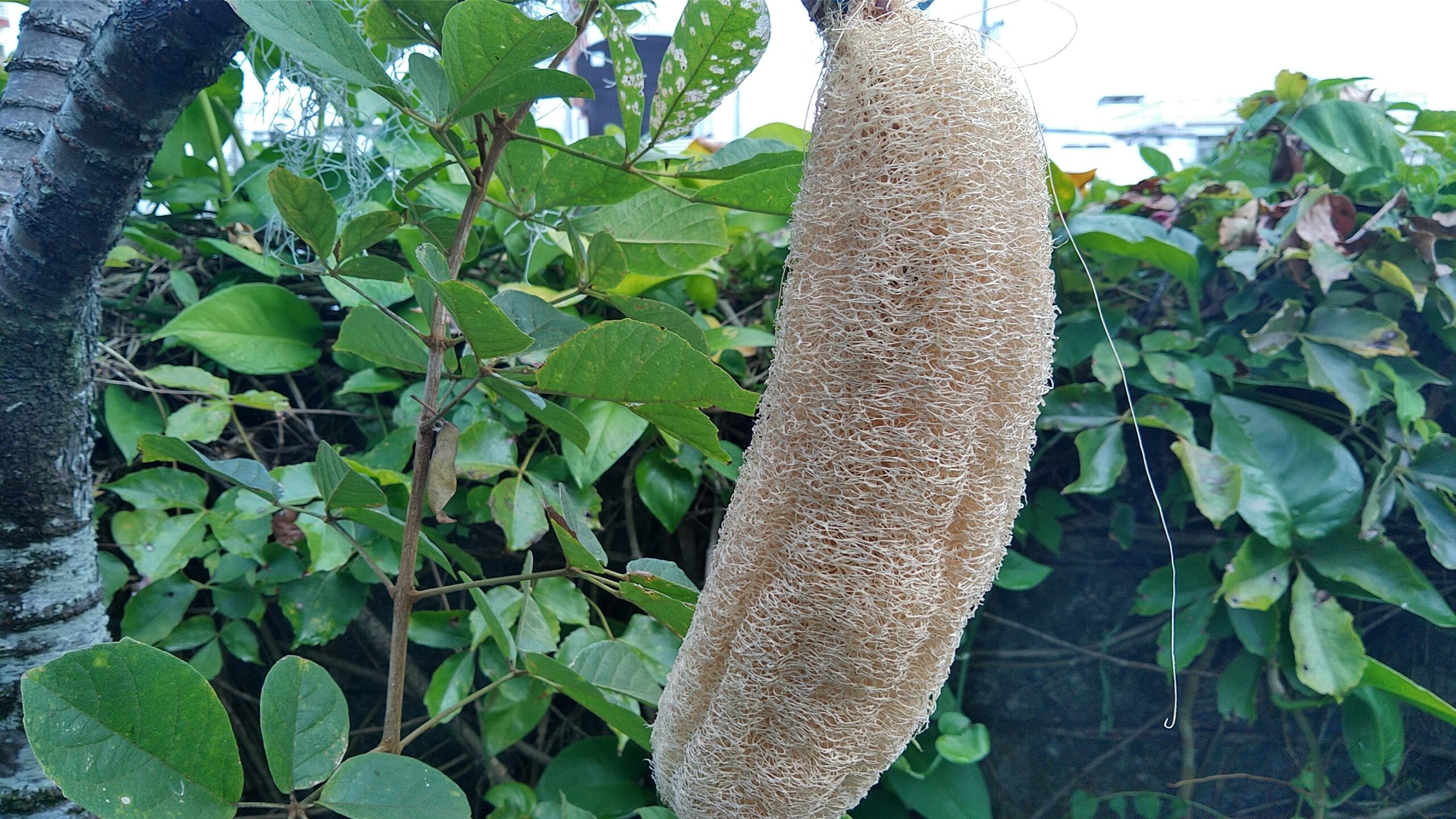
Overripe "Naverer" are also used as natural scourer in Okinawan homes.
Okinawan cuisine has a cooking method called “chanpuru,” “irichi,” and “Nbusy,” which is similar to dishes such as “fried food” and “simmered food.”
“Chanpuru” is a stir-fried dish made mainly from Okinawan tofu and vegetables.
“Irichi” is a dish that is sautéed and boiled using lard.
“Nbusy” is a dish like tofu, pork, and simmered vegetables that come out when heated.

Stir-fried Naverer. The deep part of Okinawan cuisine is that there is a "stir-fried dish" in addition to the dishes mentioned above.
Honestly, I felt a unique “grassy-smell” after I felt it was delicious.
However, from the second mouth, the grassy smell gradually disappeared, and the moisture of the Naverer combined with the taste of other ingredients made the dish soft and very delicious.
Uchinanchu across the sea
Finally, I would like to introduce Mr. Shinsho Miyagi from Ogimi Village, the land of “Yanbaru” in the northern part of the main island of Okinawa. He has a deep connection with “a certain place” on the mainland.
In 1905 (Meiji 38), after moving to the United States and engaging in agriculture and fisheries, he started aquaculture business of “oysters” in Japan.
He traveled all over Japan, searching for land suitable for oyster farming, and arrived in Ishinomaki City, Miyagi Prefecture, in the Tohoku region, far from Okinawa.
For oyster farming, he needs the following conditions: (1) clean seawater, (2) abundant plankton, and (3) the seawater temperature is not high.
Okinawa was probably not suitable for aquaculture because the seawater temperature was high.
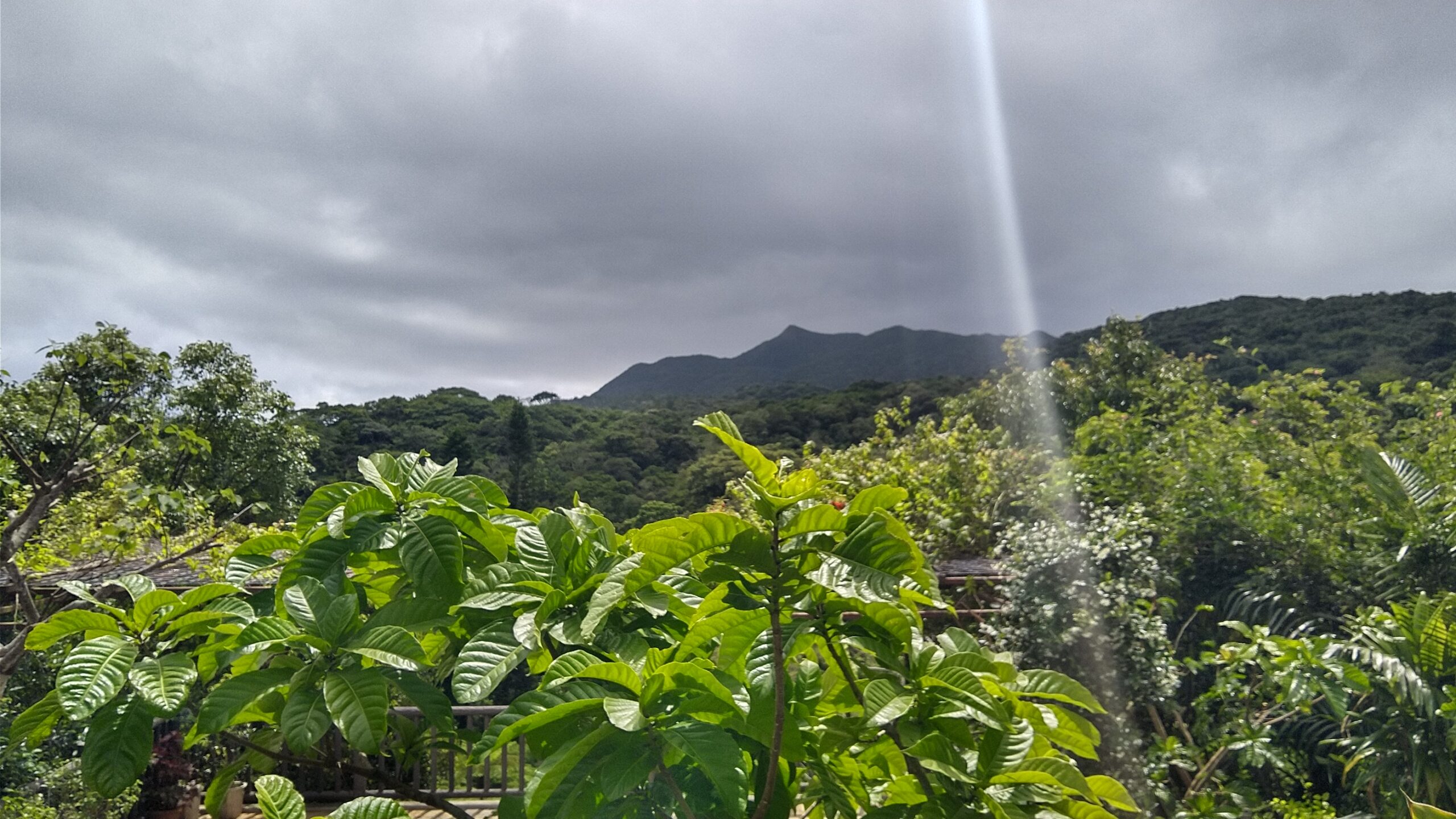
"Yanbaru" registered as a World Natural Heritage Site.
Oyster farming was also carried out in Mangokuura, Ishinomaki City, but the production was not large, and local fishermen were also in a situation of trial and error.
Mr. Shinsho lived in Mangokuura and started research on oyster farming with the cooperation of fishermen.
The purpose was to increase production and export large oyster seedlings from Oura Bay to the United States.
At that time, American oysters were very small (about the size of a 500-yen coin).
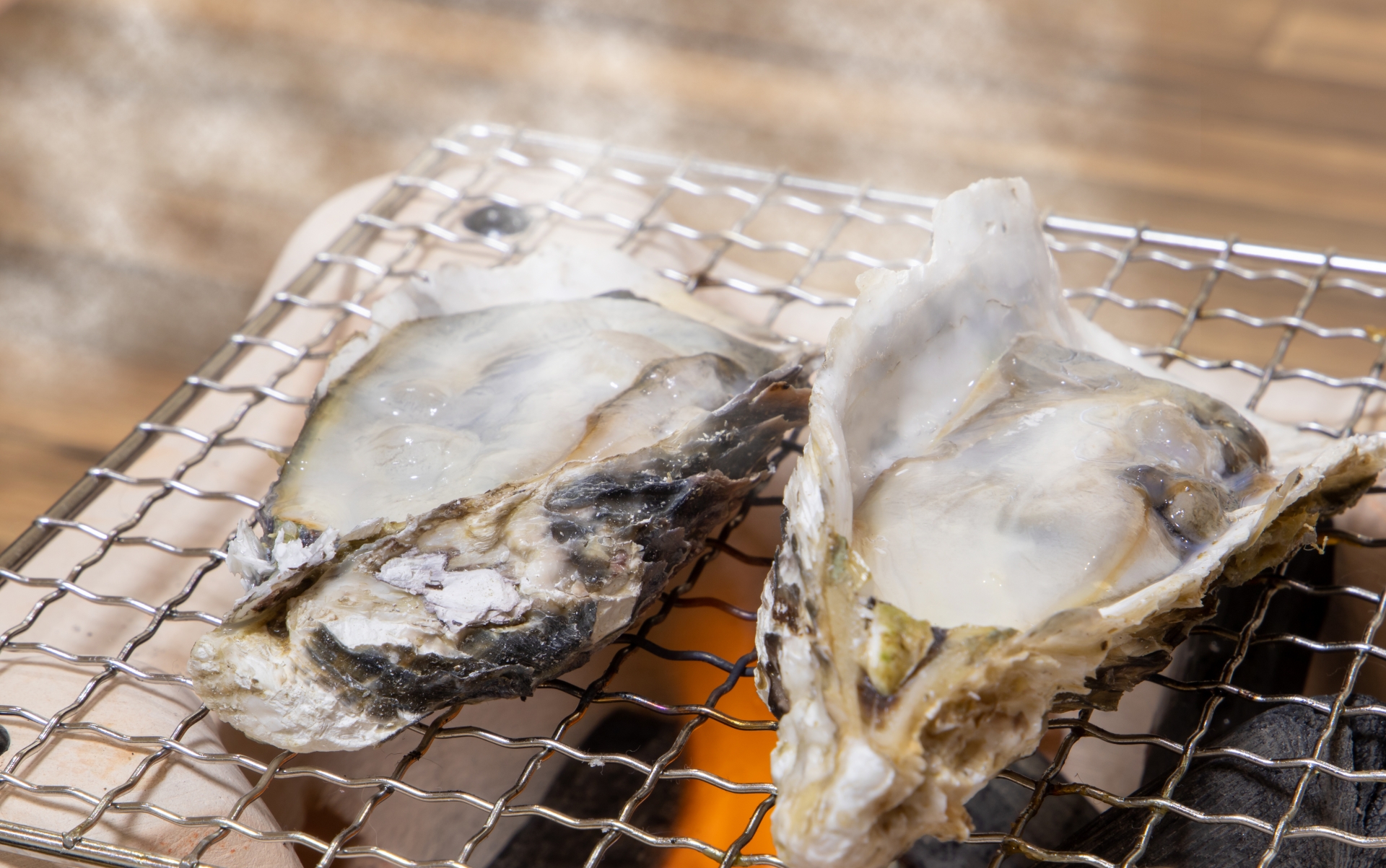
“If this work succeeds, it will bring a lot of blessings to American fishermen. If oyster seedlings sell, fishermen in Oura Bay will be pleased. It may become a bridge between Japan and the United States.”
It seems that he thought like this.
And we devised “hanging aquaculture” which is still widely used. It is a method of hanging seedlings sandwiched between ropes from a “raft” floating on the sea. Mr. Shinsho did not patent this method, but allowed other fishermen to work on it freely.
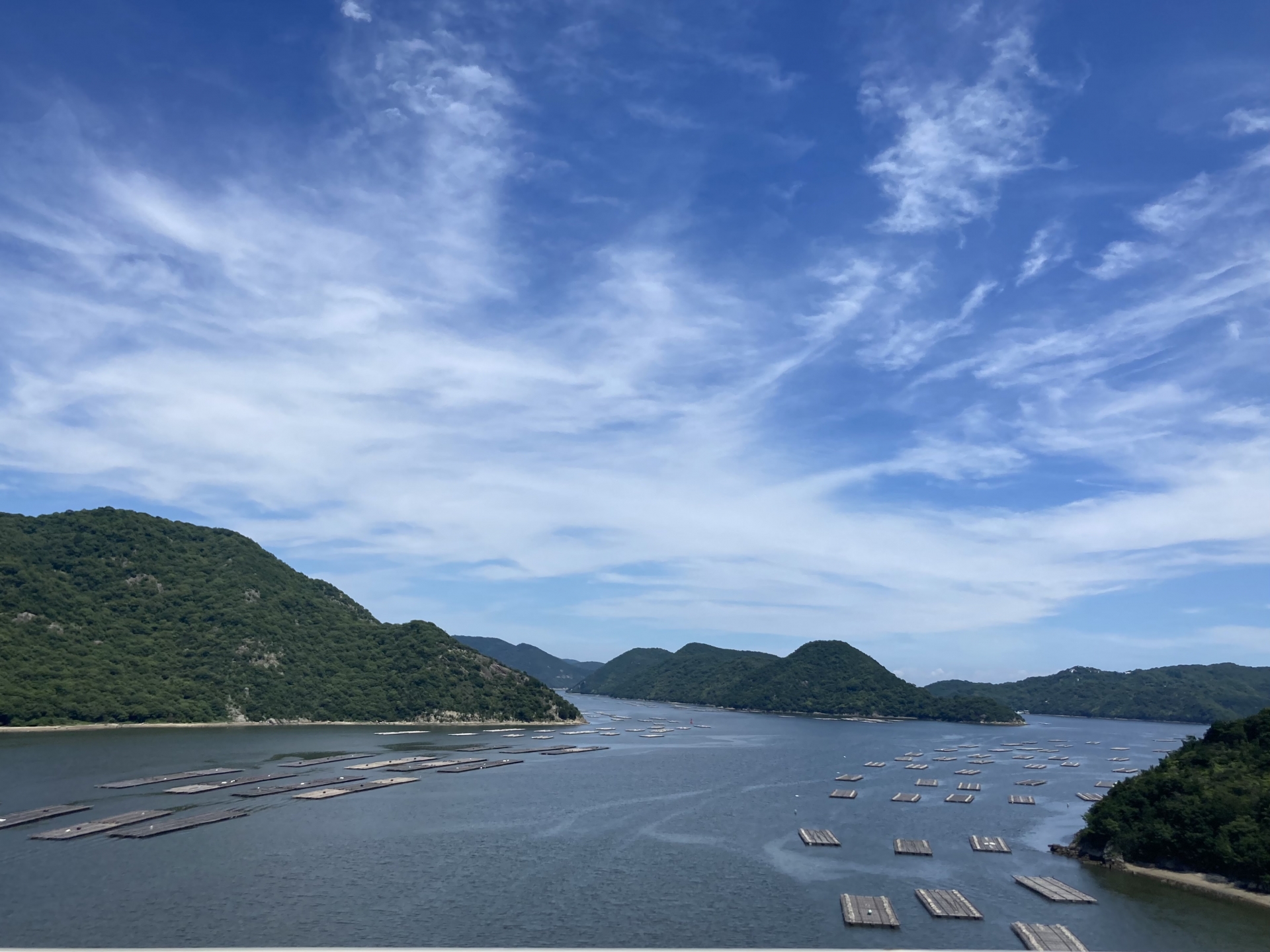
“You should be good for the world and good for others.”
It’s a word that my mom sent to him. This method has come to be used all over the world, and Mr. Shinsho has come to be called “the father of oyster farming” and “the king of oysters in the world”. There is a stone monument in honor of Mr. Shinsho in Ishinomaki City, Miyagi Prefecture.
There are so many place names and surnames called “Miyagi” in Okinawa, and it seems that there are people who have long thought that they have a connection with Miyagi prefecture.
Even now, Ogimi Village and Ishinomaki City are proud of the connection.
See you next time.
